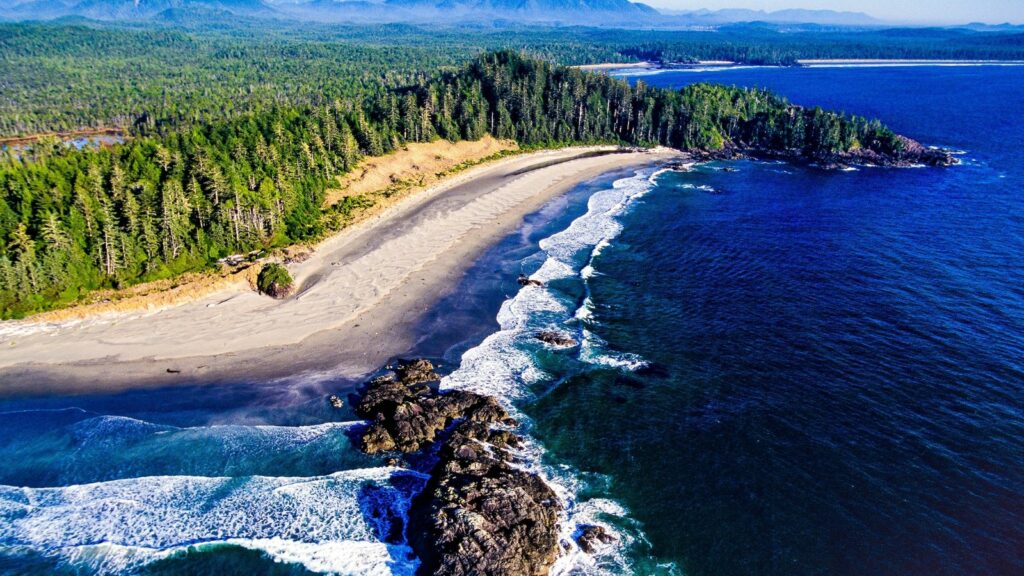Canada is renowned for its vast wilderness, pristine lakes, and jaw-dropping mountains. While the world fawns over Yellowstone, the Swiss Alps, or the fjords of Norway, Canada holds its own with an array of parks that rival or surpass the beauty of those found abroad. Here are 30 Canadian parks that are just as breathtaking as any found around the world.
Pacific Rim National Park Reserve, British Columbia
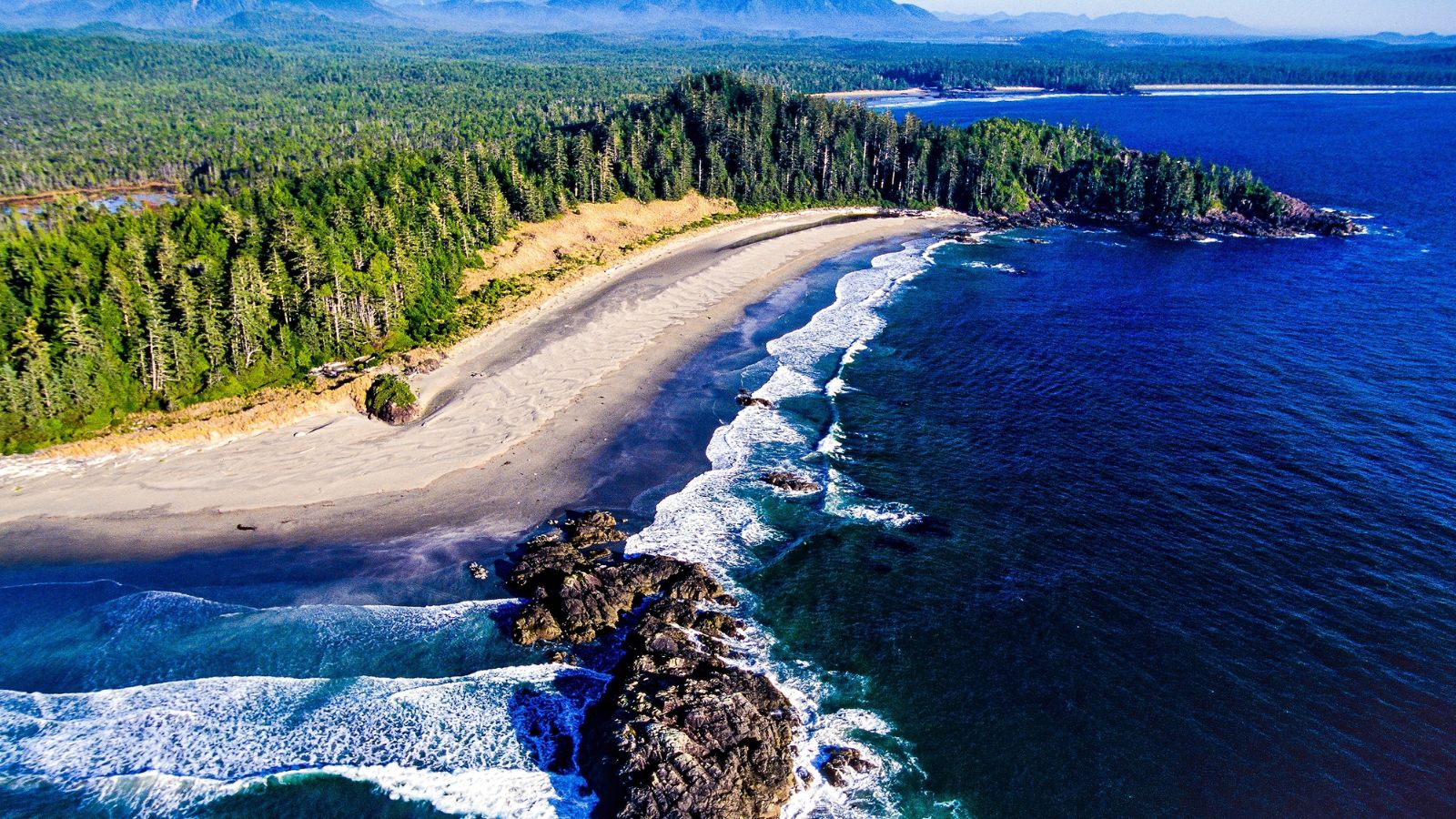
Offering a surreal mix of rainforest, rugged coastline, and surf-worthy waves, Pacific Rim is a stunning representation of the Pacific Northwest and is a bucket-list-worthy trek for hikers Towering cedars and Sitka spruces provide a magical canopy while the crashing waves at Long Beach rival the shores of Australia’s Great Ocean Road.
Banff National Park, Alberta
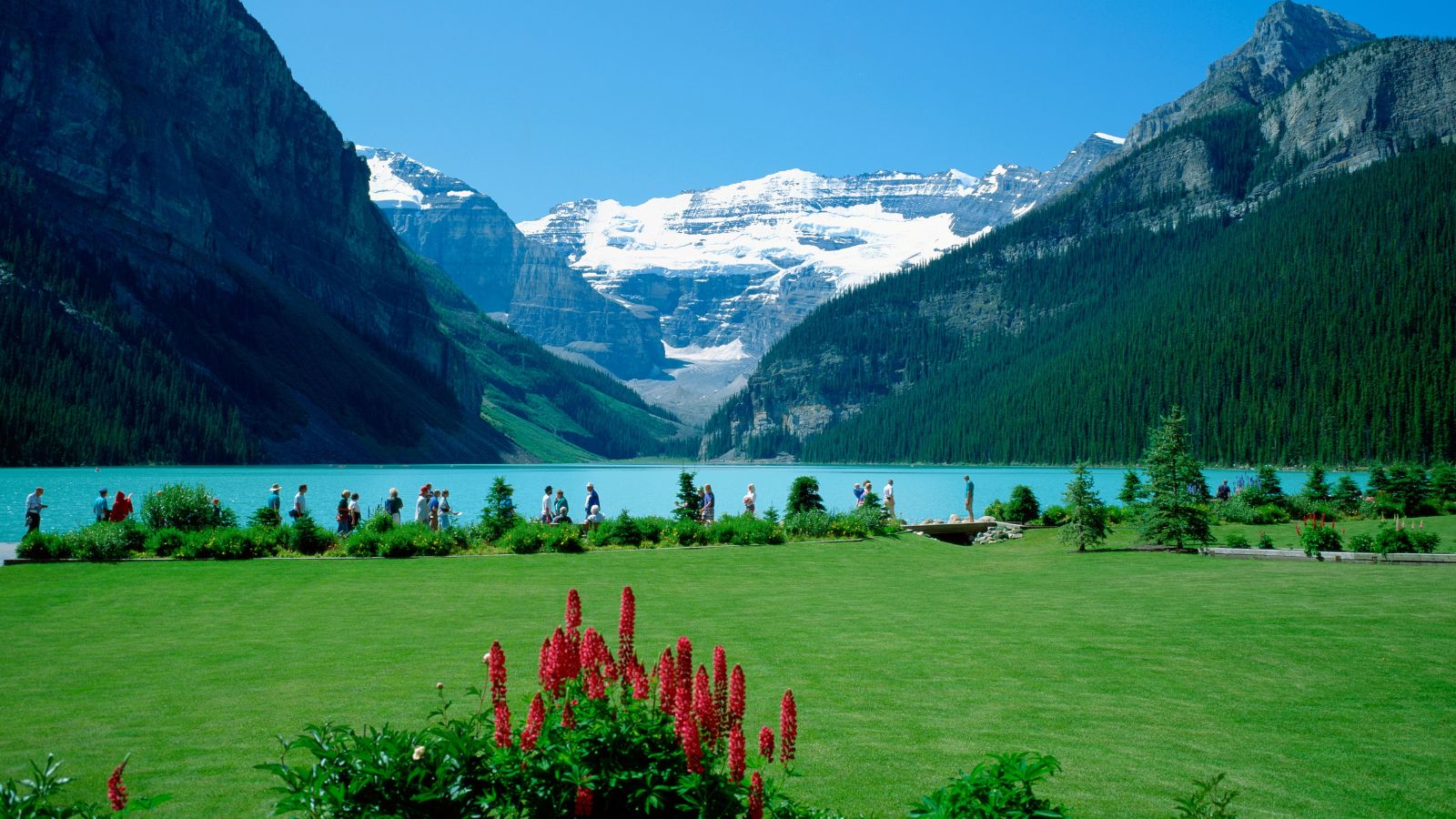
Canada’s first national park and one of its most famous, Banff is like the Swiss Alps on steroids. Jagged peaks rise dramatically over turquoise lakes, including the Instagram-famous Lake Louise and Moraine Lake. Wildlife is abundant and trails are varied, offering something for all adventure levels in this alpine paradise.
Gros Morne National Park, Newfoundland and Labrador
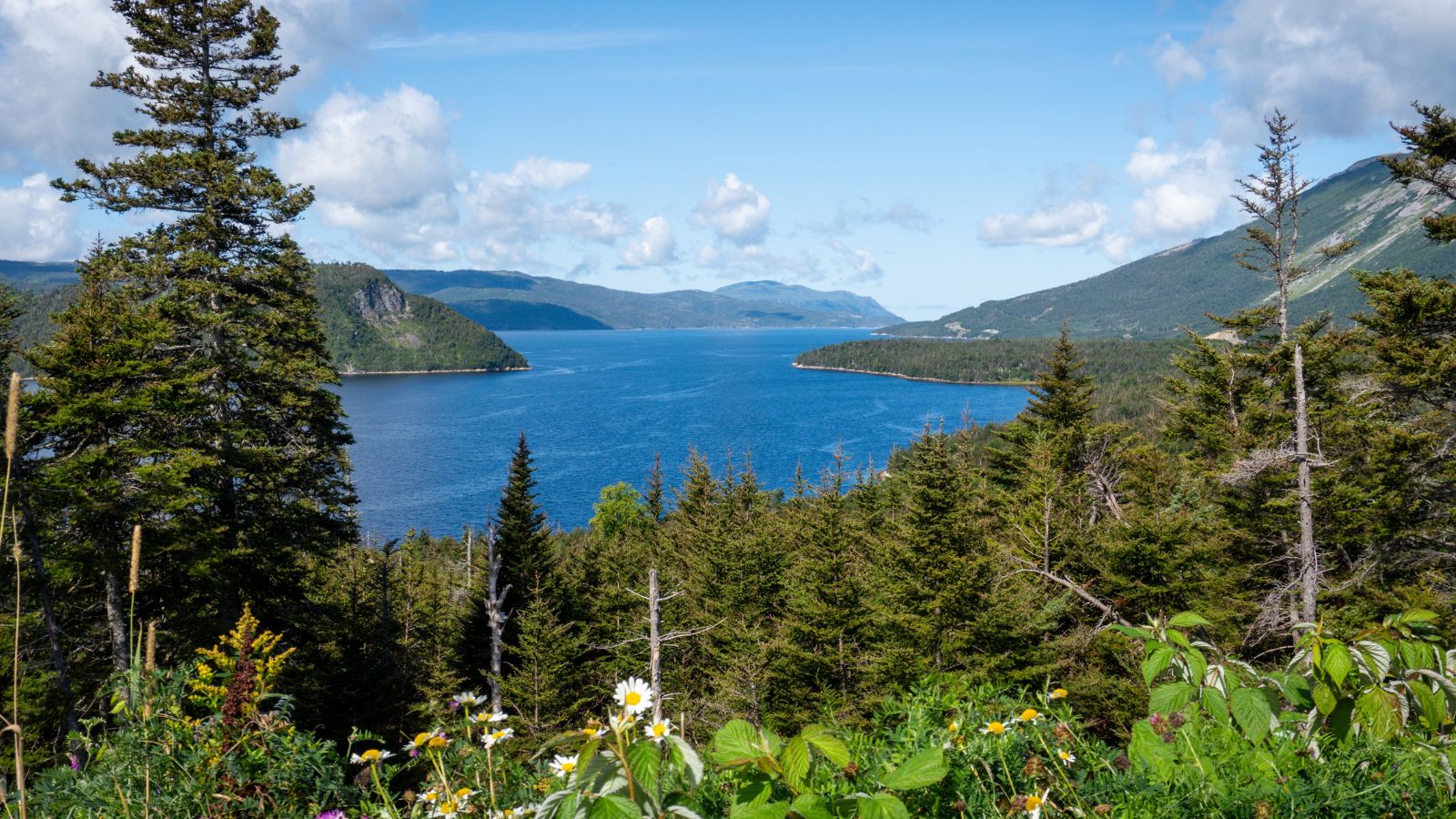
For dramatic fjords and geological wonders, Gros Morne rivals Norway’s famed landscapes. Towering cliffs and deep inland fjords dominate the terrain, while unique Tablelands provide a rare glimpse of the Earth’s mantle. This UNESCO World Heritage Site is both otherworldly and awe-inspiring.
Waterton Lakes National Park, Alberta
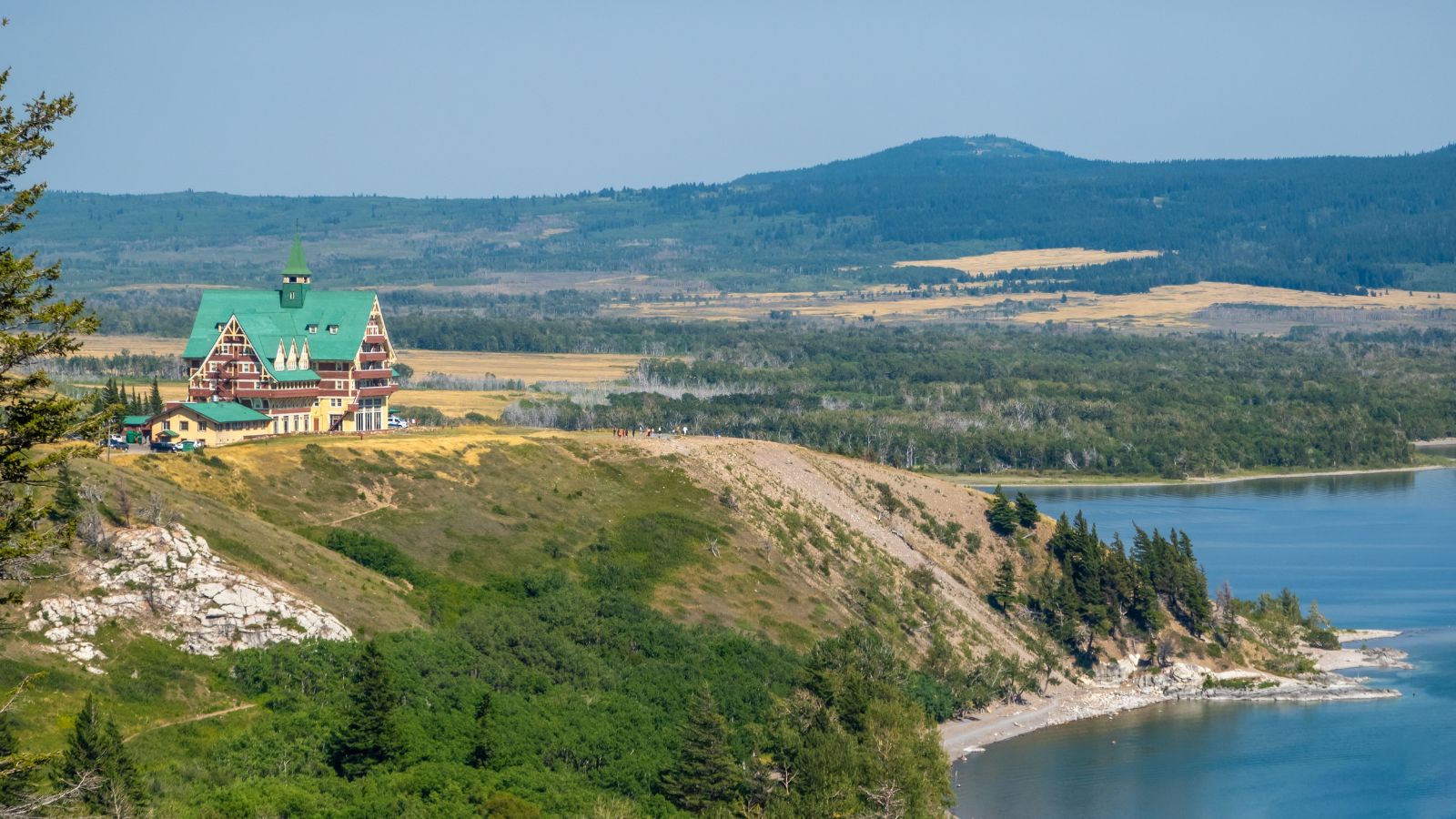
Situated where the prairies meet the Rockies, Waterton is often overshadowed by Banff, but it offers equally striking views with far fewer crowds. Its namesake lake, charming townsite, and Red Rock Canyon are standouts, and its wildflower-filled meadows could give Switzerland a run for its money.
Yoho National Park, British Columbia
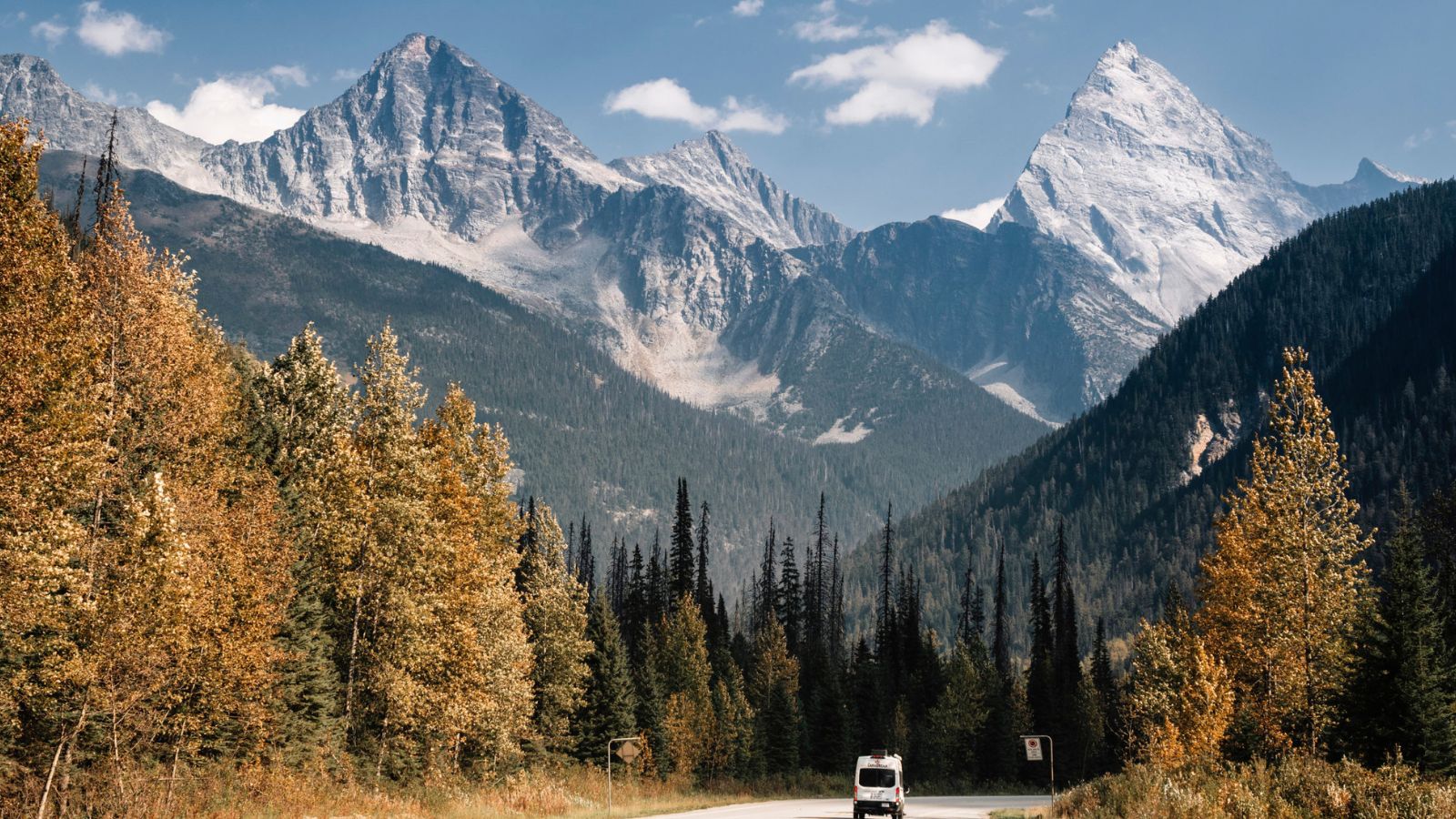
Home to some of the most stunning waterfalls in Canada, including Takakkaw Falls, Yoho is a secret gem next to Banff. Emerald Lake’s vibrant waters reflect surrounding snow-capped peaks, while Burgess Shale fossil beds make this park a must for both beauty and science.
Jasper National Park, Alberta
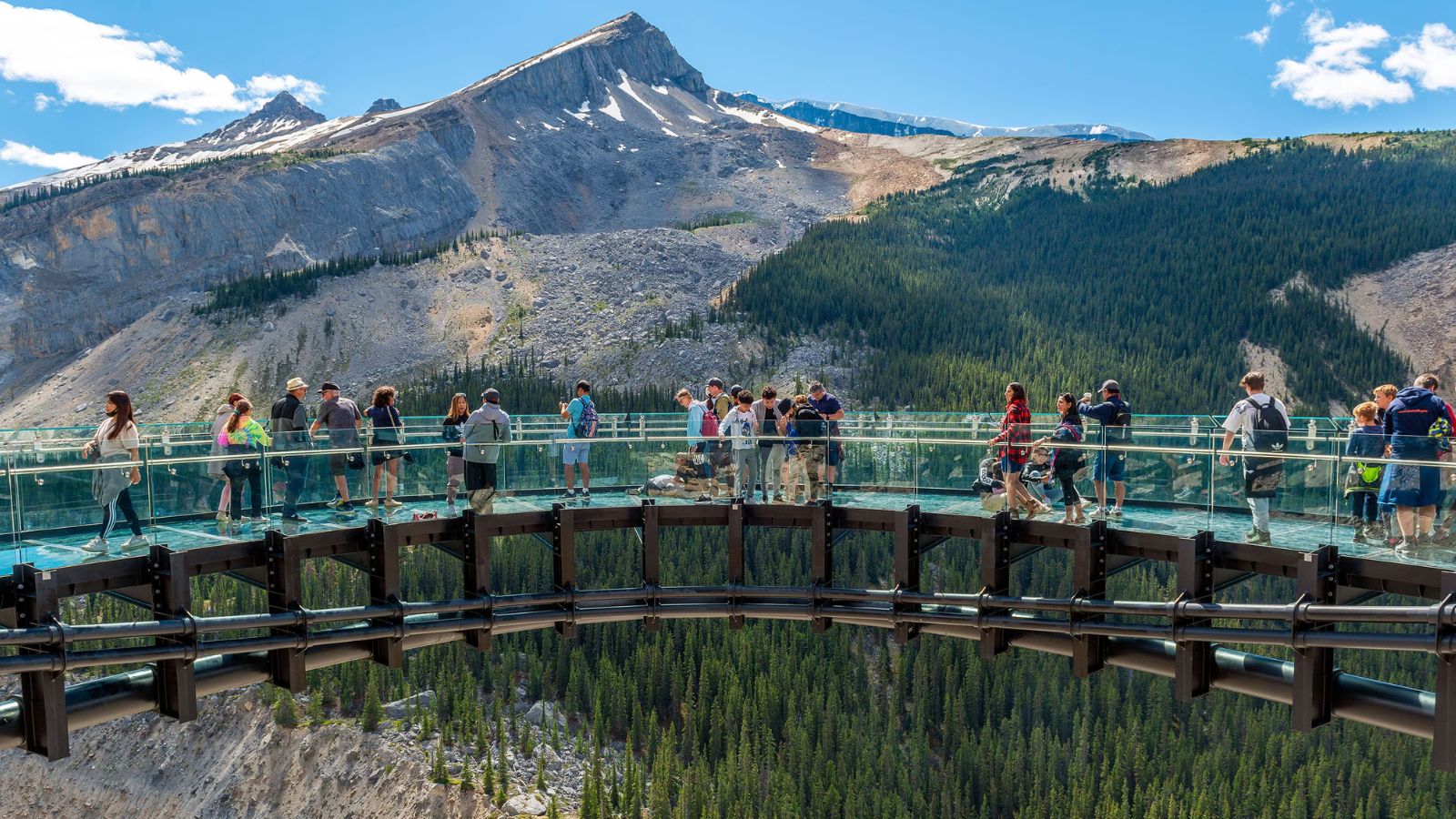
As the largest national park in the Canadian Rockies, Jasper offers expansive wilderness and fewer crowds. Glacier-fed lakes like Maligne and Pyramid shimmer with clarity, while wildlife like elk and black bears roam freely. It’s also a designated dark sky preserve, making it one of the best stargazing spots in the world.
Kluane National Park and Reserve, Yukon
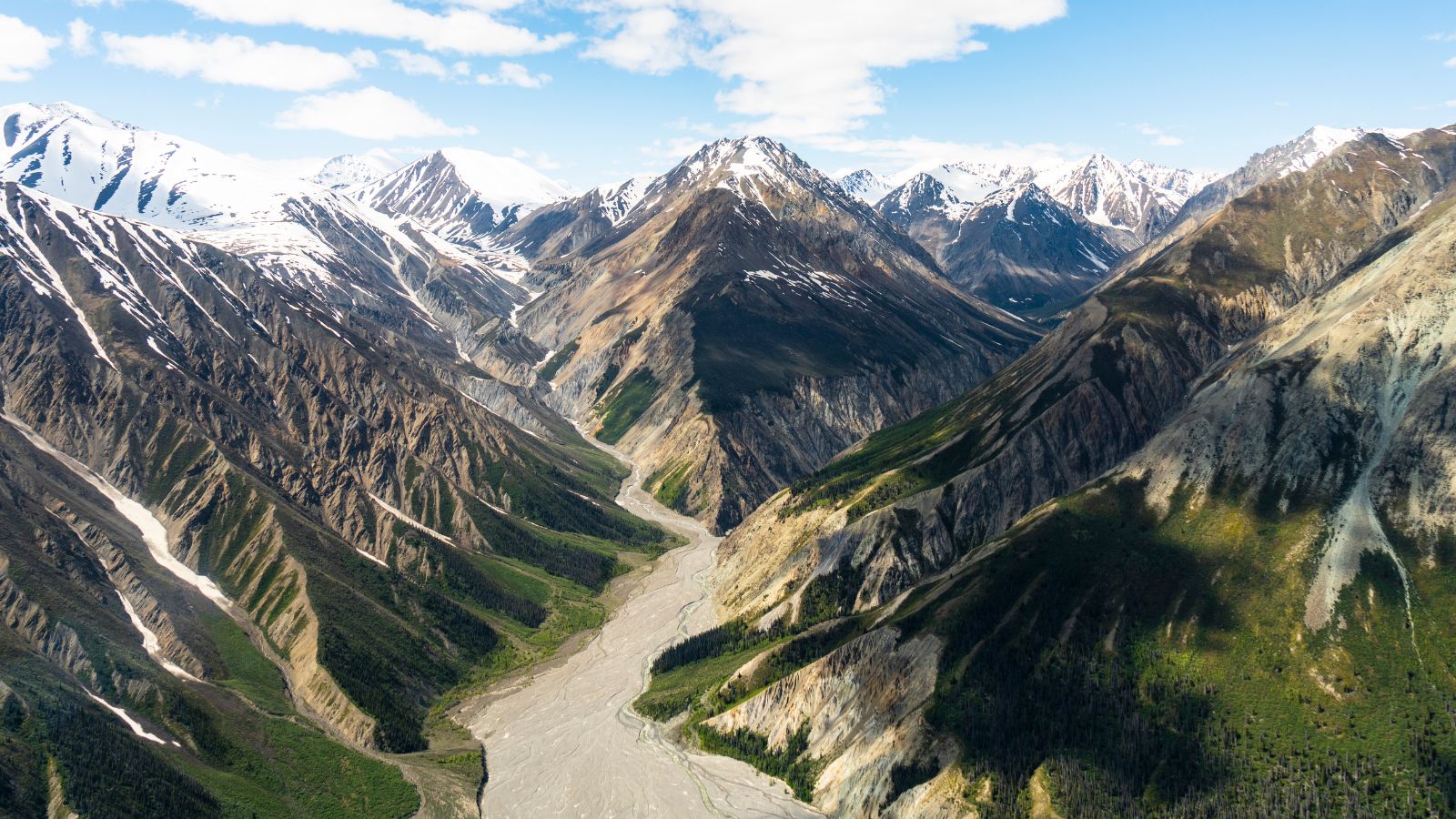
Mountains, glaciers, and grizzlies define Kluane. It’s home to Mount Logan, Canada’s tallest peak, and some of the largest non-polar icefields on Earth. Vast, remote, and hauntingly beautiful, Kluane has the raw edge of Patagonia with a uniquely Canadian soul.
Cape Breton Highlands National Park, Nova Scotia
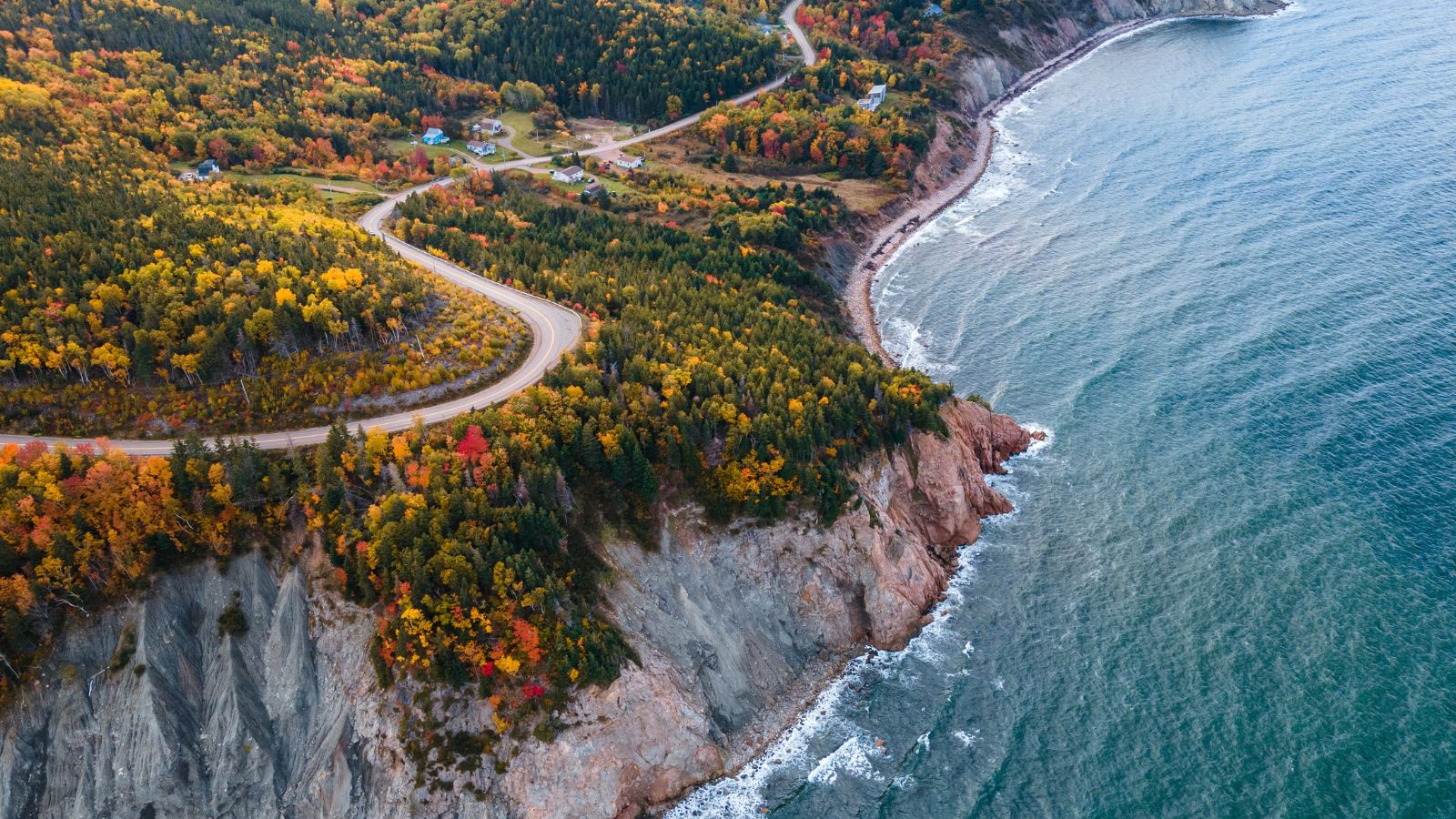
Driving the Cabot Trail through this park is like journeying along the wild coastlines of Ireland or Scotland. Sea cliffs plunge into the Atlantic while moose wander across highland plateaus. The Skyline Trail offers one of the most iconic views in the country, particularly at sunset.
Fundy National Park, New Brunswick
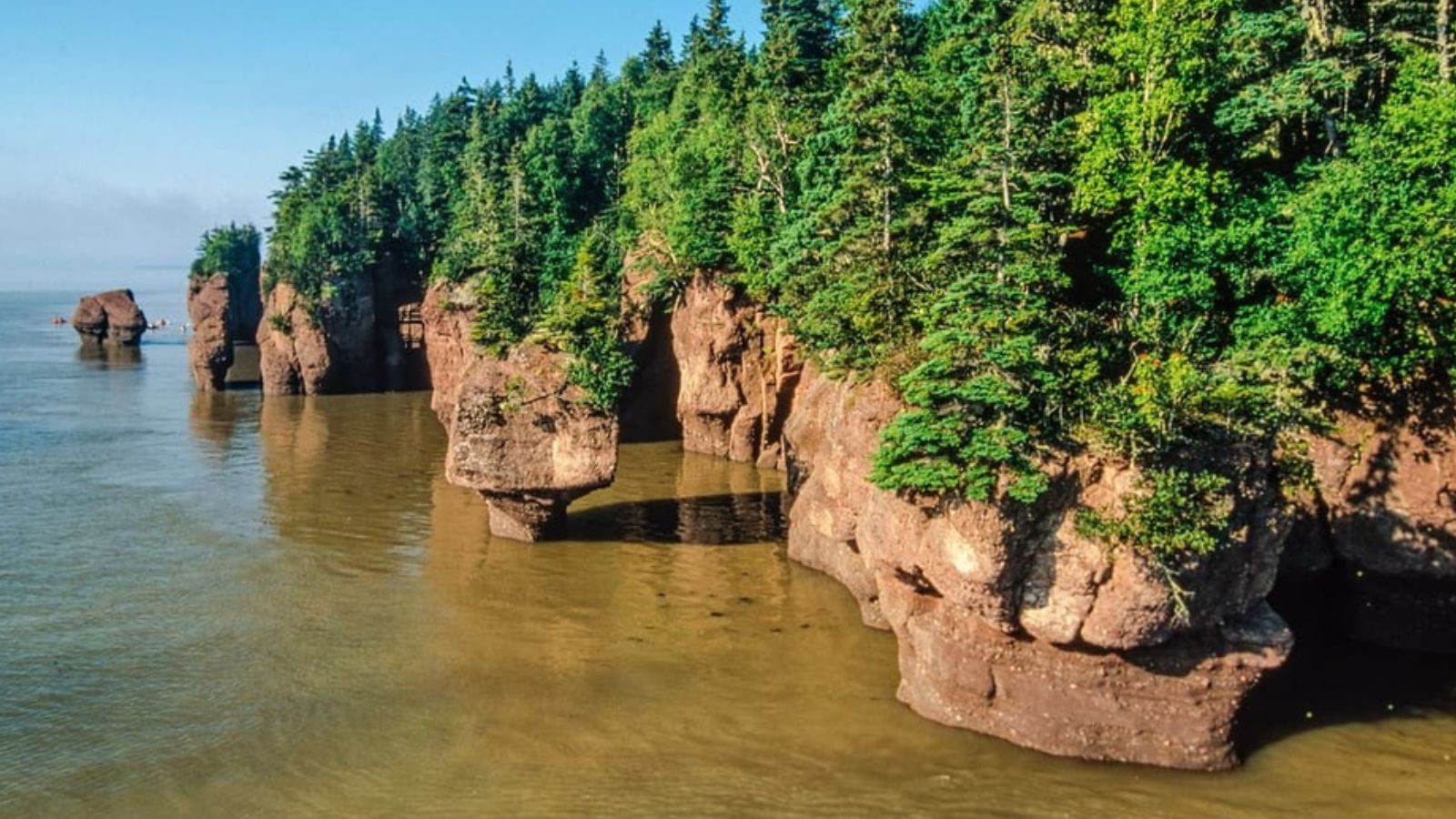
Fundy is home to the world’s highest tides, which create dramatic daily changes in the landscape. Coastal cliffs, lush forest trails, and waterfalls make this an unforgettable experience. It’s like experiencing the Bay of Mont Saint-Michel in France, but without the crowds.
Bruce Peninsula National Park, Ontario
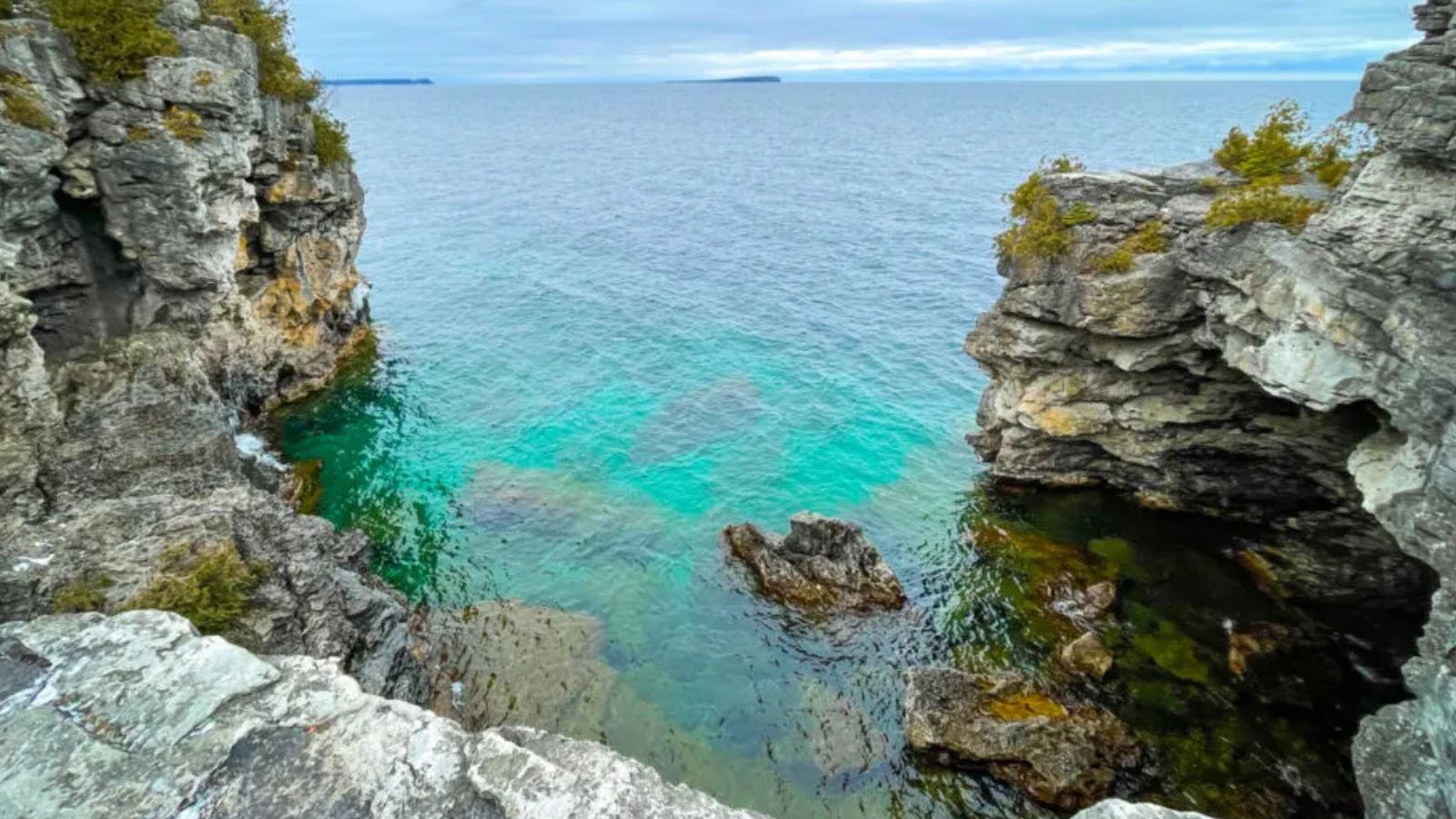
With its Caribbean-blue waters and rugged limestone cliffs, this park often surprises first-time visitors. The Grotto, a sea cave filled with crystal-clear water, is one of Canada’s most photogenic natural wonders. It’s Ontario’s answer to Croatia’s Dalmatian Coast.
Kootenay National Park, British Columbia
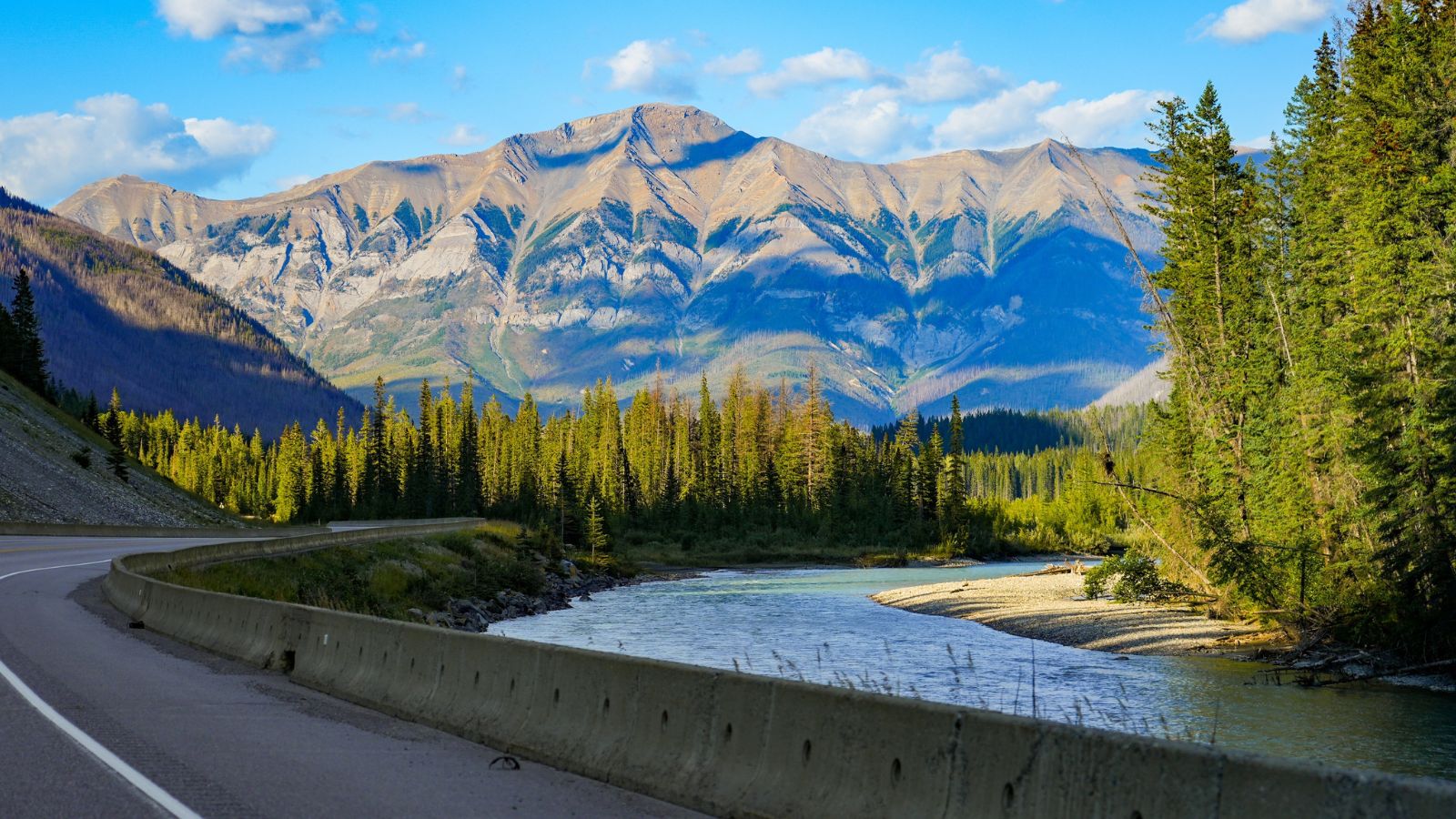
Less frequented than its Banff neighbor, Kootenay stuns with dramatic canyons, hot springs, and alpine peaks. The Paint Pots trail showcases ochre-colored mineral springs, and Marble Canyon is a geological marvel that looks plucked from the American Southwest.
Thousand Islands National Park, Ontario
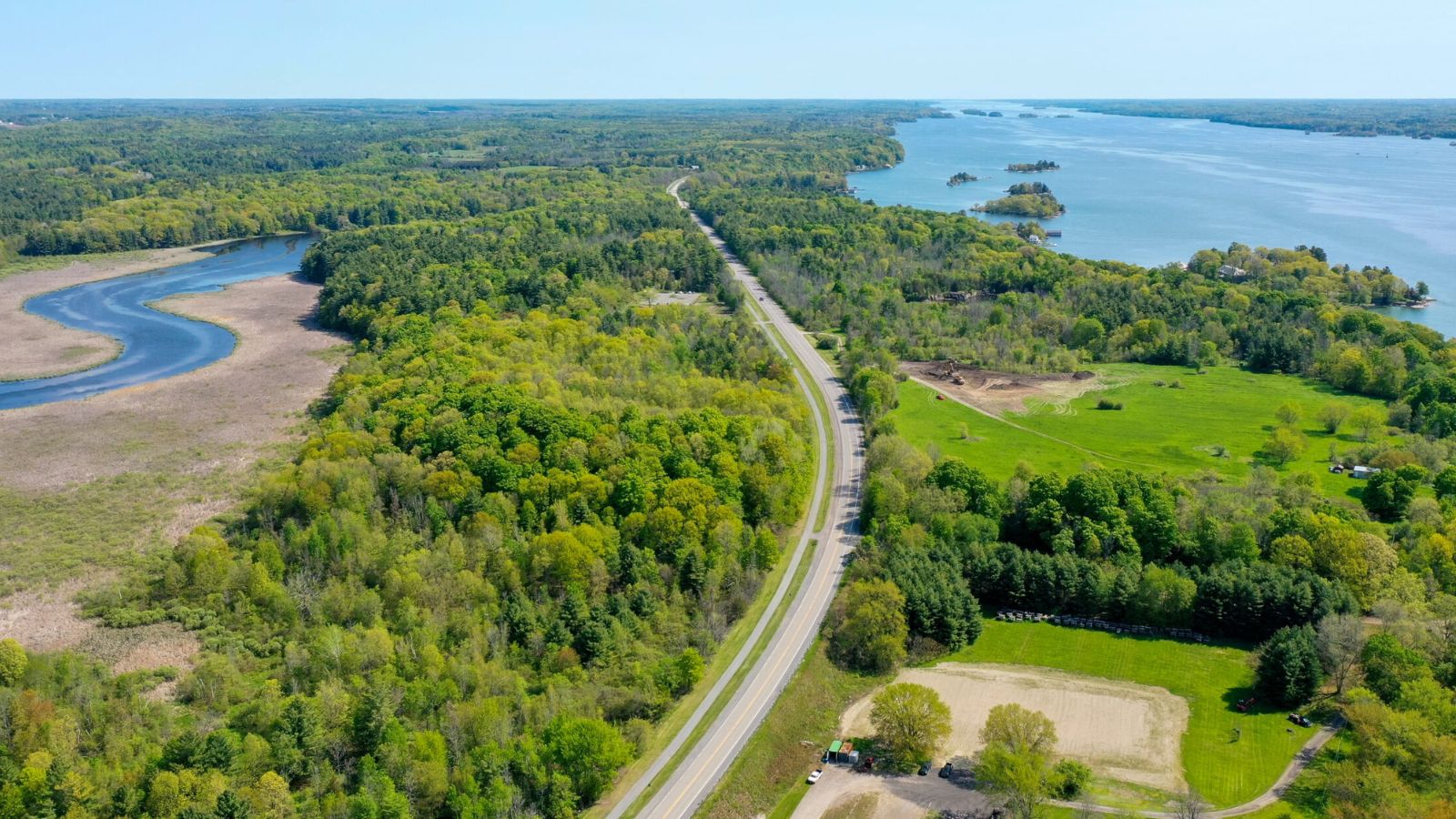
Dotted with scenic islands along the St. Lawrence River, this park offers a serene landscape perfect for kayaking and boating. The lush greenery and stone castles echo the feel of Europe’s Rhine River, offering a romantic and peaceful escape in Ontario.
Forillon National Park, Quebec
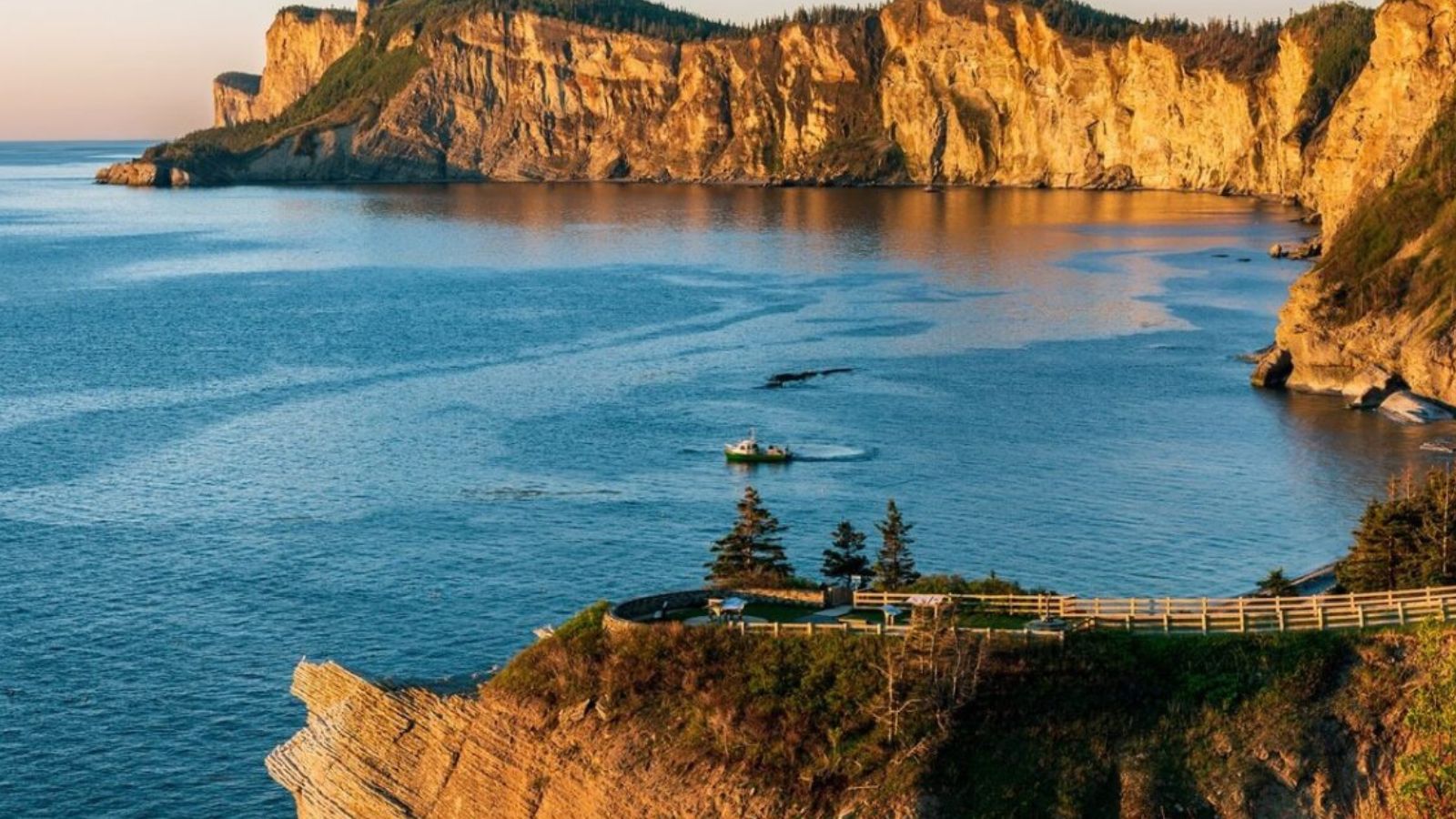
Located at the tip of the Gaspé Peninsula, Forillon combines mountains, cliffs, and ocean vistas. The park’s dramatic headlands are home to puffins and seals, and the views rival the coastal cliffs of Ireland’s Dingle Peninsula or Normandy.
La Mauricie National Park, Quebec
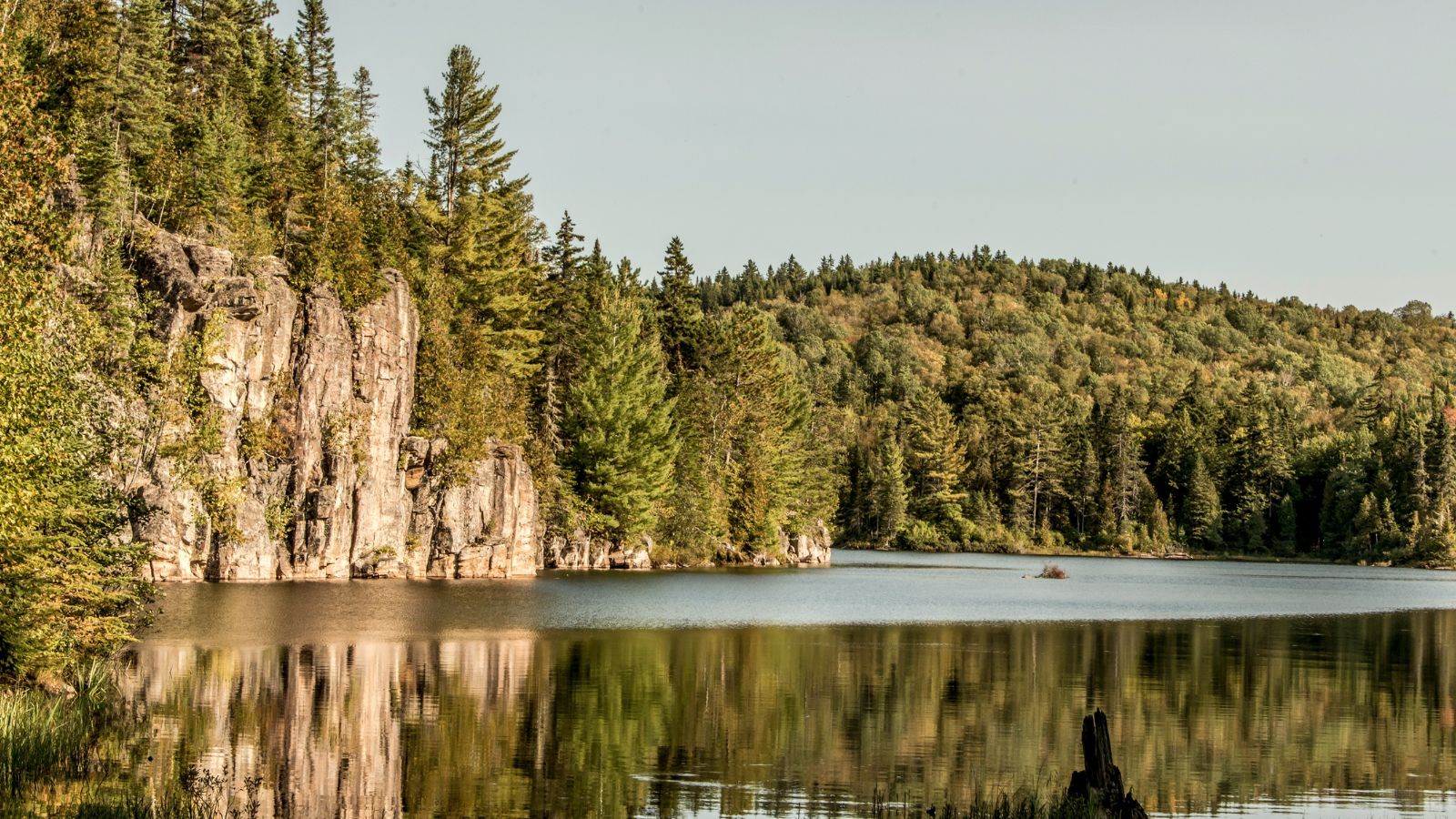
Rolling hills, forested trails, and shimmering lakes define La Mauricie, a lesser-known gem that feels like a tranquil Scandinavian landscape. It’s perfect for canoeing, camping, and cross-country skiing in winter. This park offers the peaceful solitude found in Sweden’s forests, with a Québécois flair.
Prince Edward Island National Park, PEI
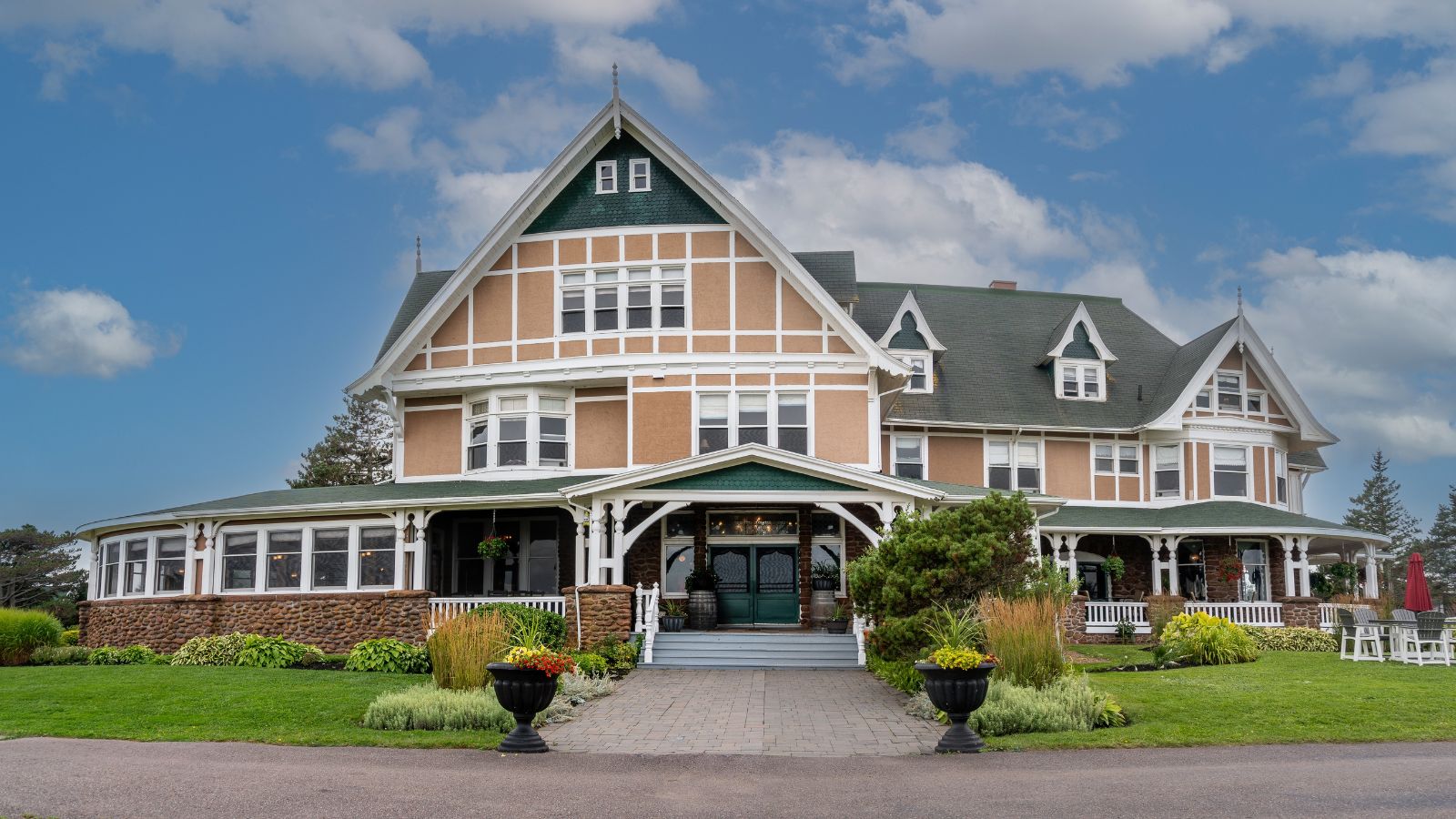
Red sandstone cliffs, sand dunes, and idyllic beaches make this park feel like a piece of coastal Normandy or Cornwall. The vibrant contrast between ocean blue and rusty red cliffs is striking, and the surrounding area is steeped in Anne of Green Gables charm.
Nahanni National Park Reserve, Northwest Territories
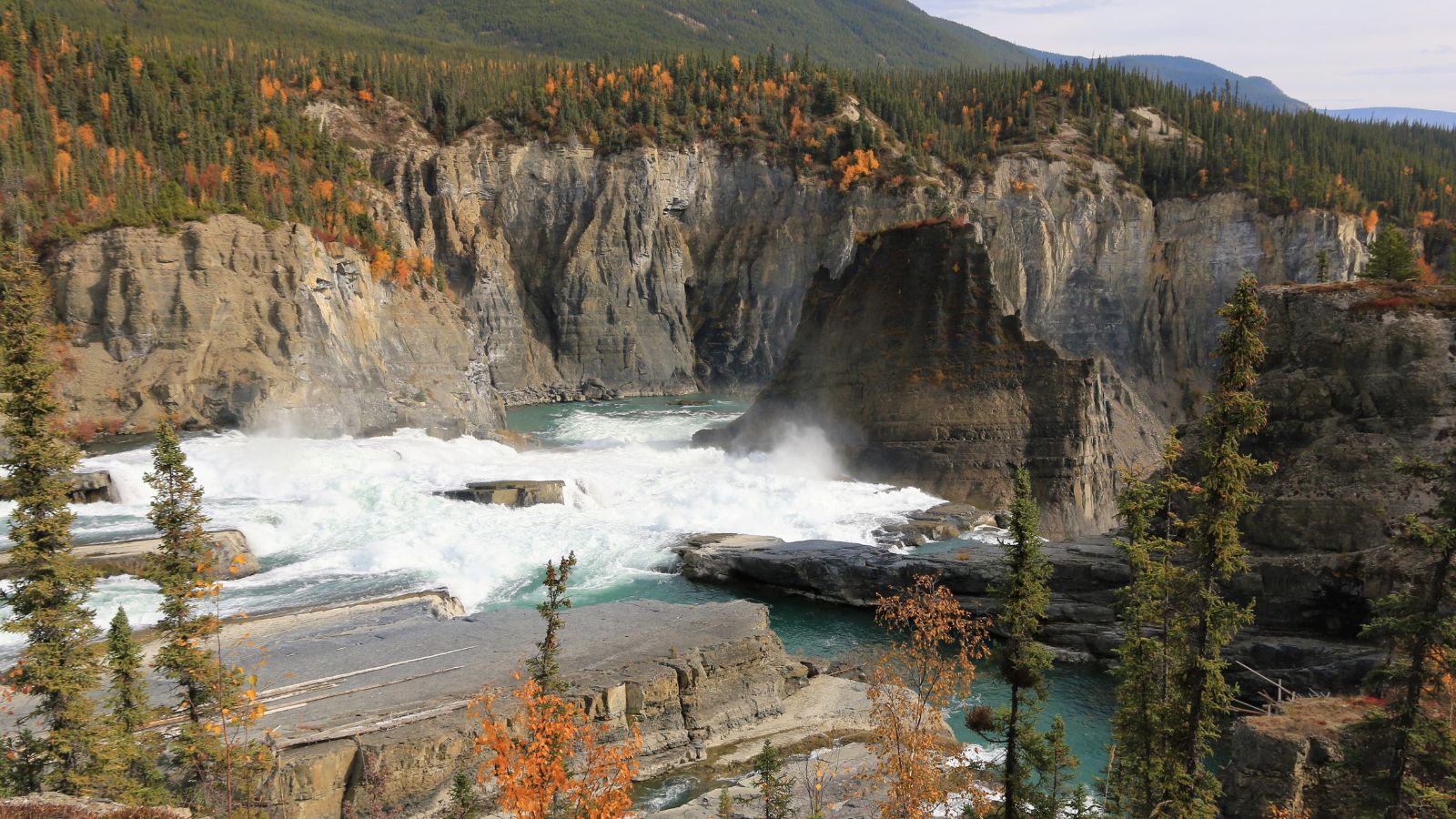
This remote park is pure wilderness. With Virginia Falls, twice the height of Niagara, and deep canyons cut by the South Nahanni River, it offers landscapes as epic as those found in Alaska or Iceland. It’s a UNESCO World Heritage Site for a reason.
Wapusk National Park, Manitoba
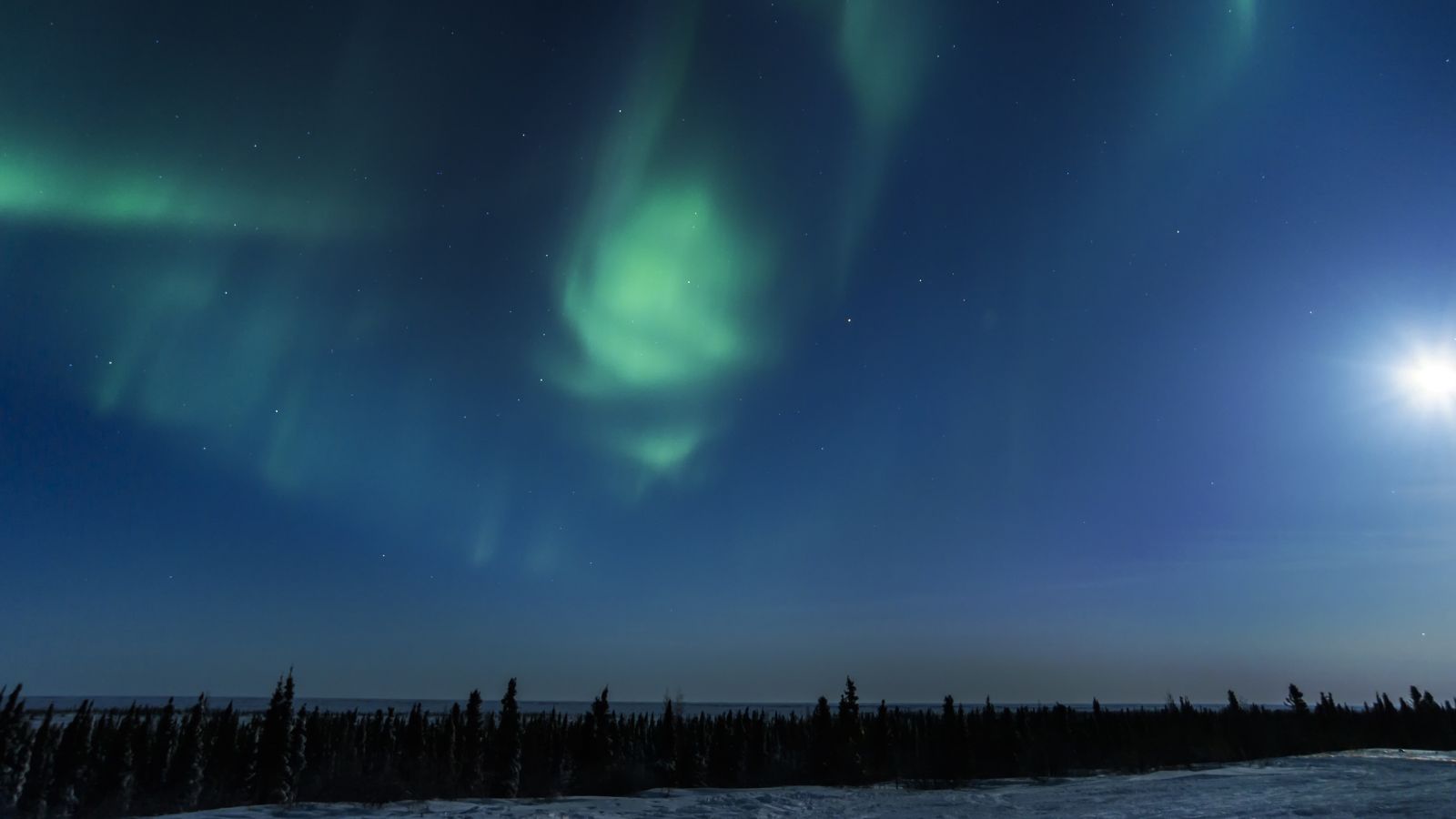
Wapusk means “white bear” in Cree, and this tundra park is one of the best places in the world to see polar bears in the wild. It’s as starkly beautiful and remote as the Arctic landscapes of Svalbard or Greenland.
Torngat Mountains National Park, Newfoundland and Labrador
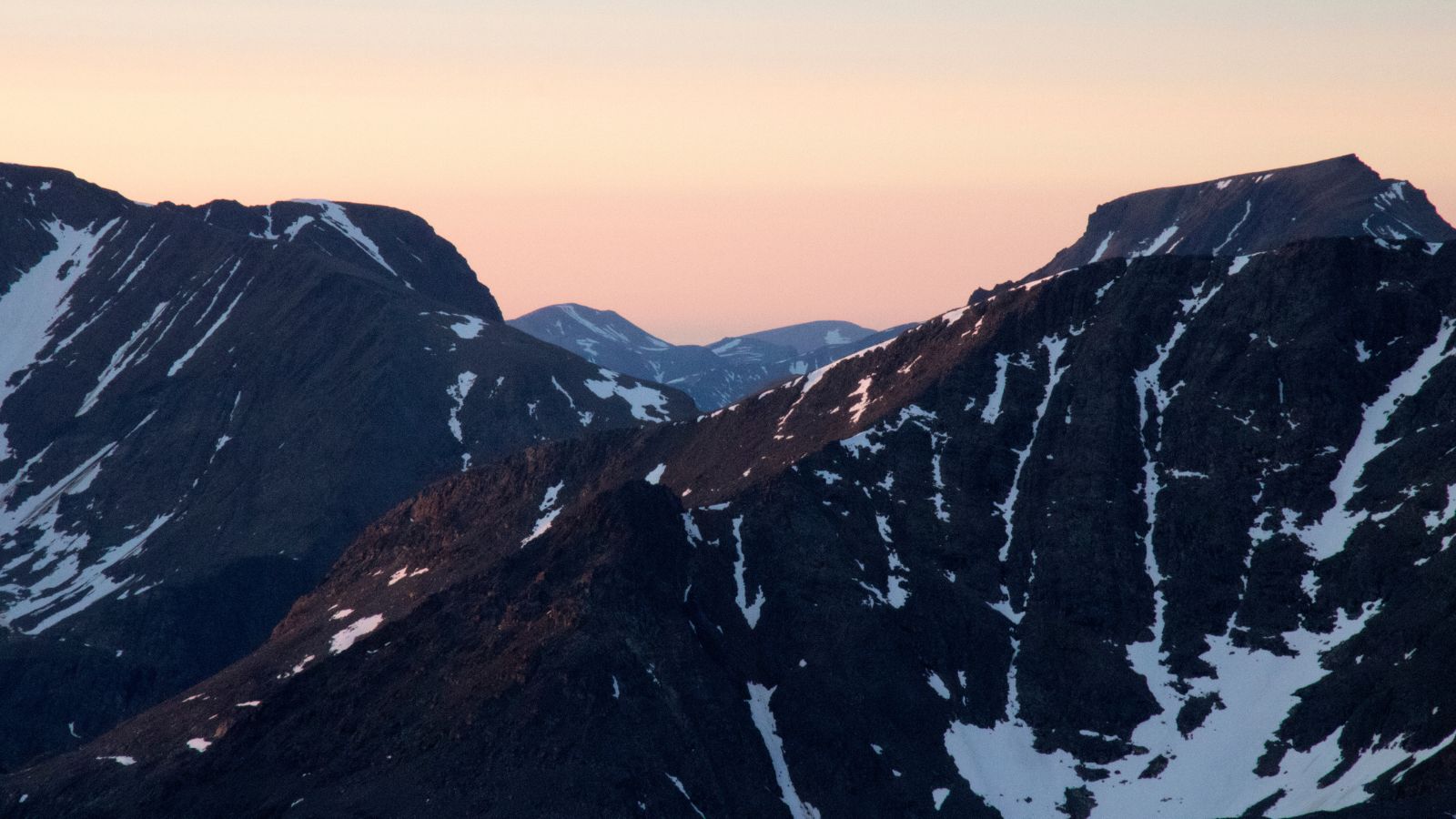
Located in Labrador, this Inuit-managed park is a spiritual and geographic frontier. Jagged mountains rise dramatically from the sea, glaciers hang in remote valleys, and caribou traverse the tundra. Few people ever see it, but it’s on par with the most remote regions of the Himalayas.
Point Pelee National Park, Ontario
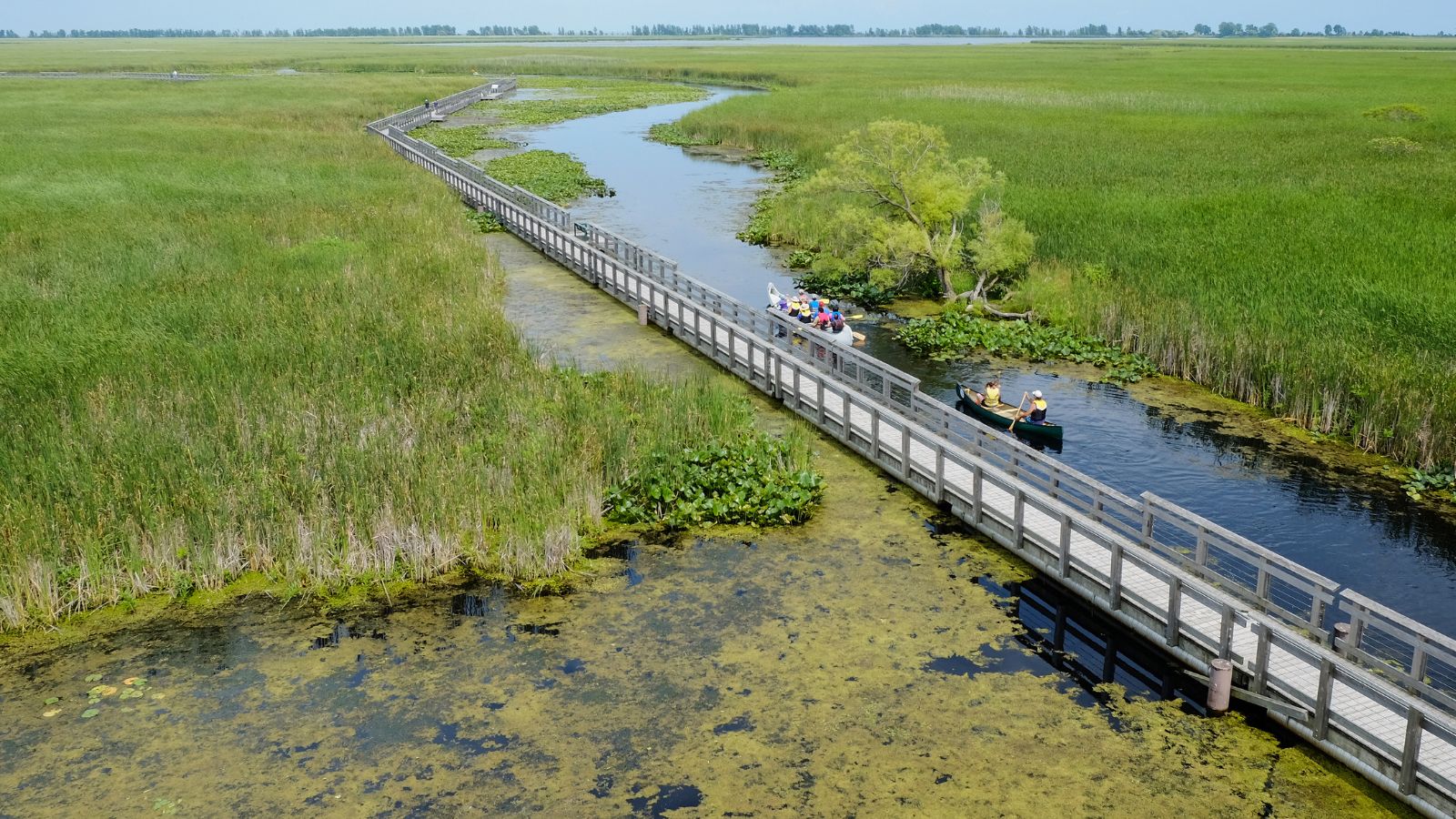
The southernmost point of mainland Canada, Point Pelee is a haven for migratory birds and monarch butterflies. Its unique sandspit stretches into Lake Erie like a geographic exclamation mark, offering sunset views that rival those in California’s coastal parks.
Elk Island National Park, Alberta
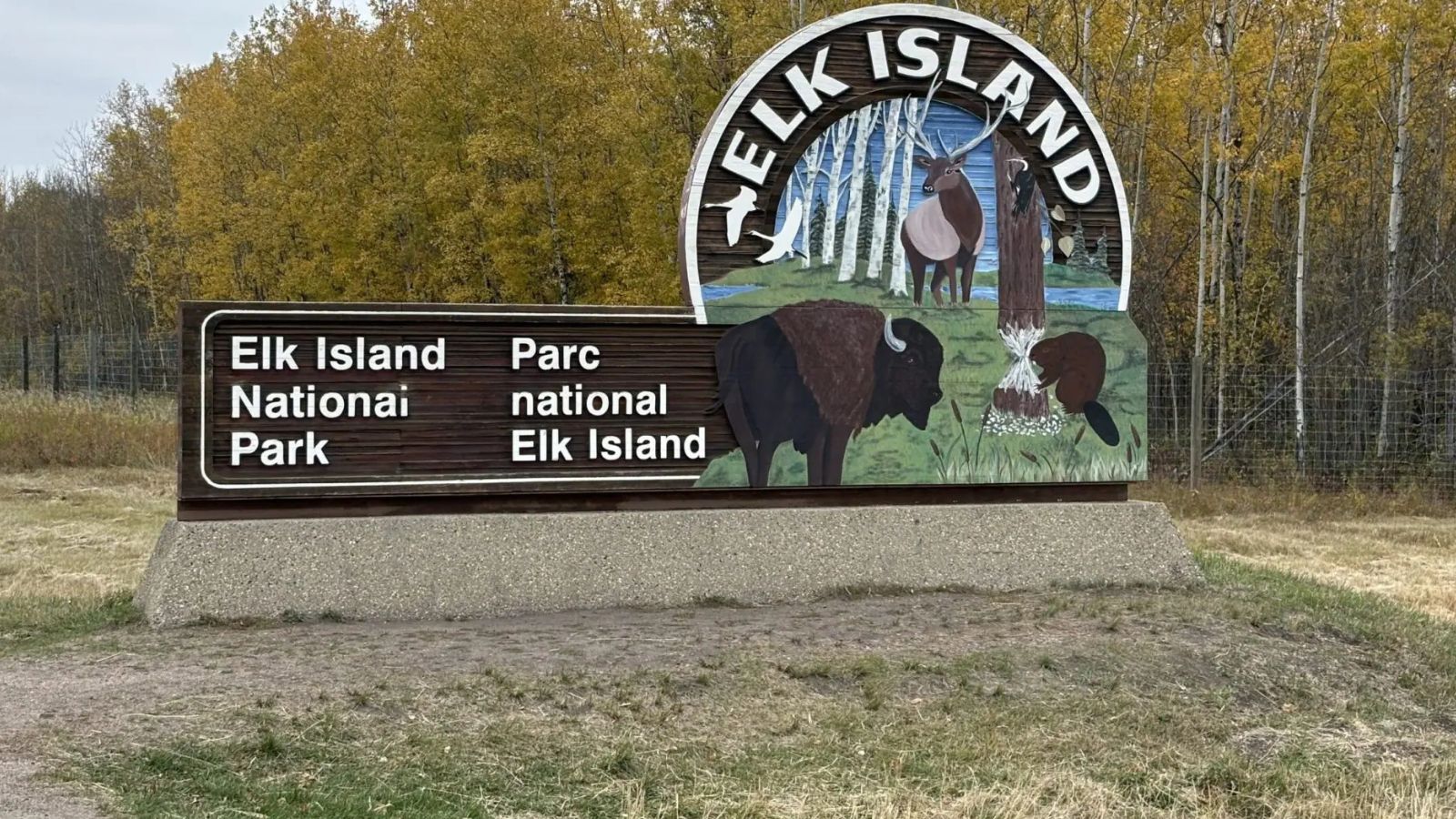
Located just outside Edmonton, Elk Island is home to plains bison and star-filled skies. It might not be as dramatic as Banff, but its rolling meadows and mirrored lakes are deeply calming, evoking the prairie reserves of the American Midwest, only wilder.
Mingan Archipelago National Park Reserve, Quebec
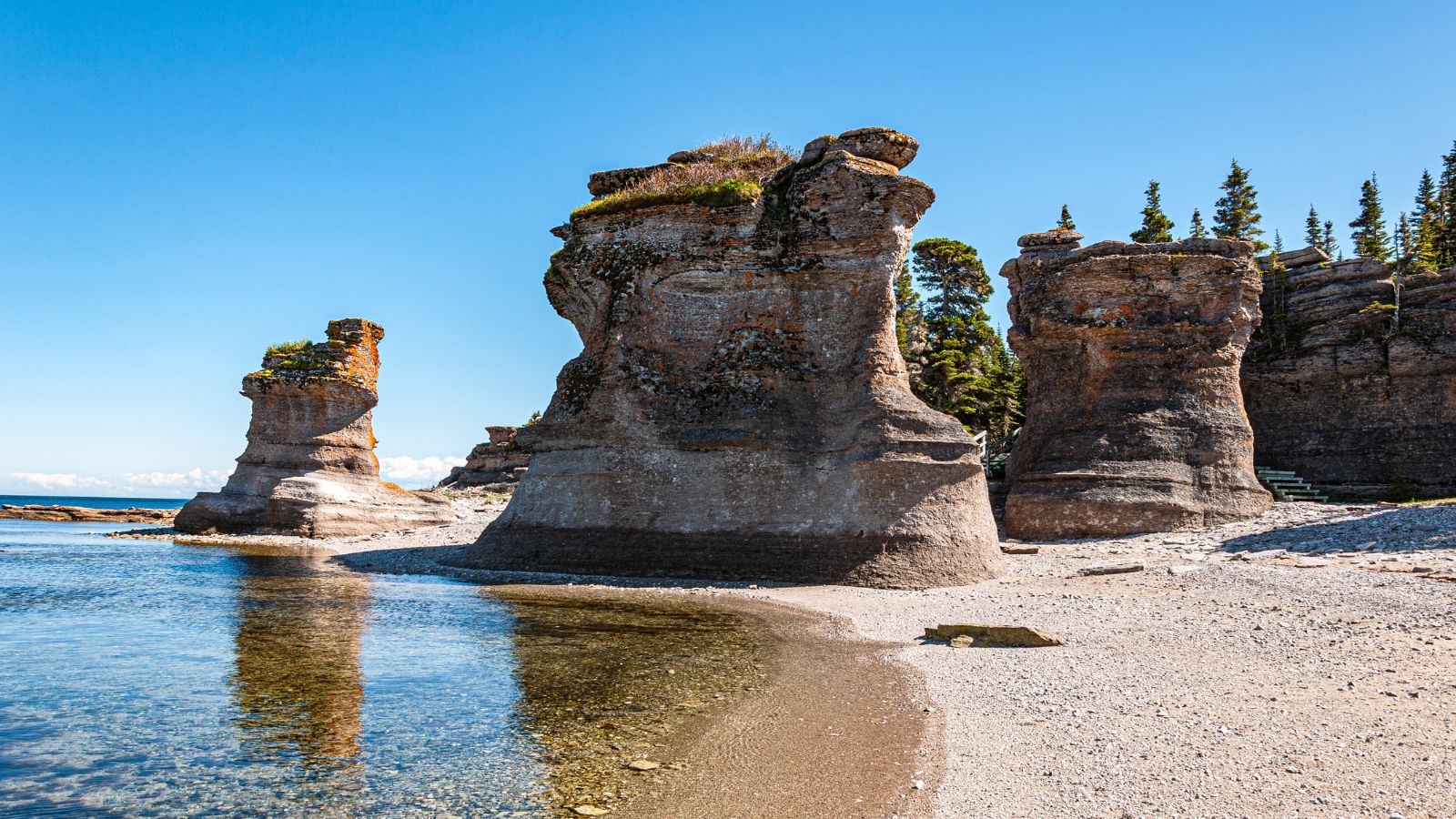
Featuring surreal limestone monoliths and remote islands, this maritime park feels like a blend of Cappadocia and the Scottish Isles. Seabirds and seals thrive in this untouched ecosystem, offering a perfect destination for nature lovers and kayakers seeking solitude.
Auyuittuq National Park, Nunavut
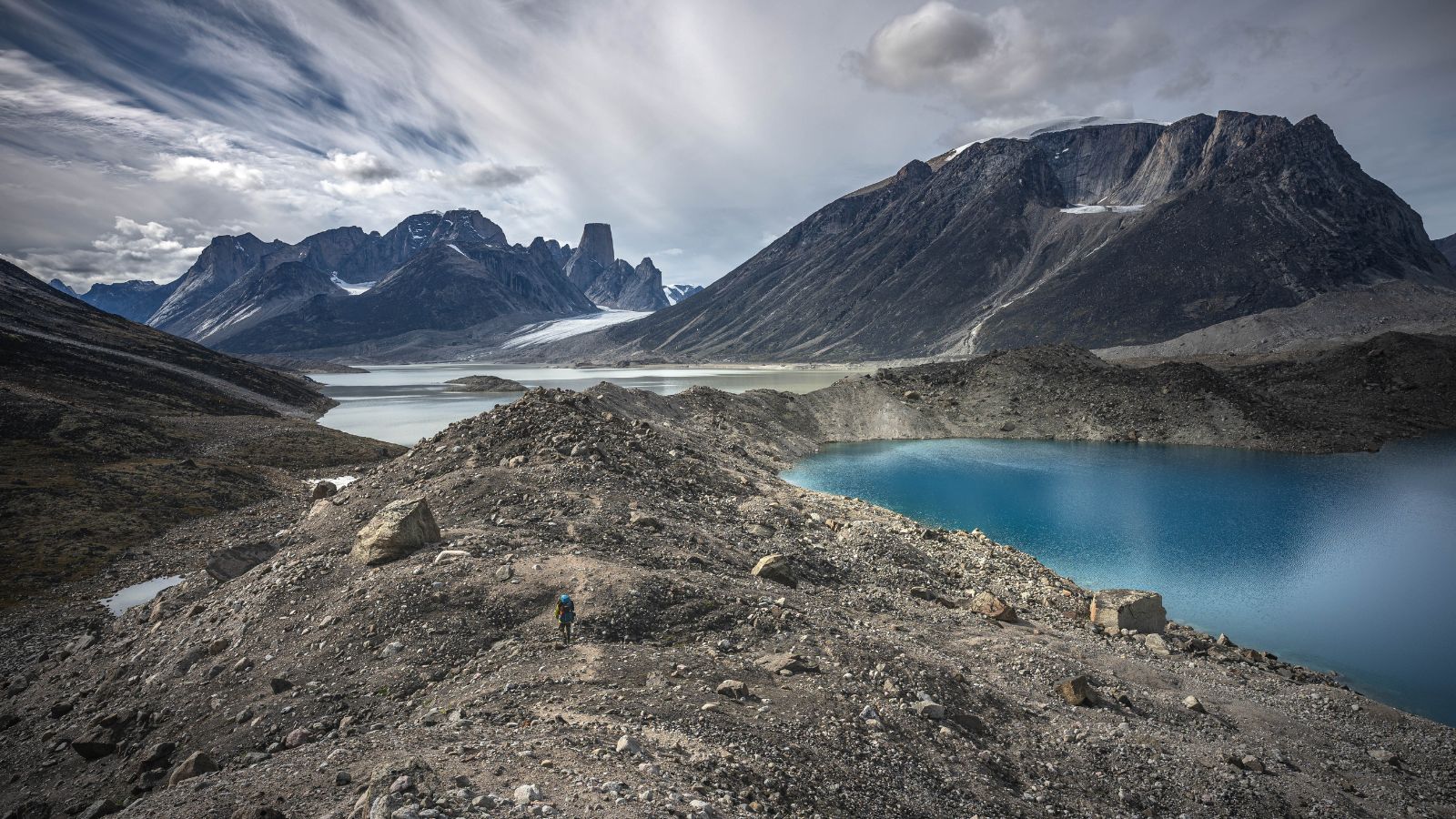
A landscape carved by ice, Auyuittuq means “the land that never melts.” It offers stark Arctic beauty, with granite peaks, glaciers, and dramatic valleys. It rivals the raw majesty of Patagonia or Antarctica and is home to some of the most extreme trekking routes in the country.
Sirmilik National Park, Nunavut
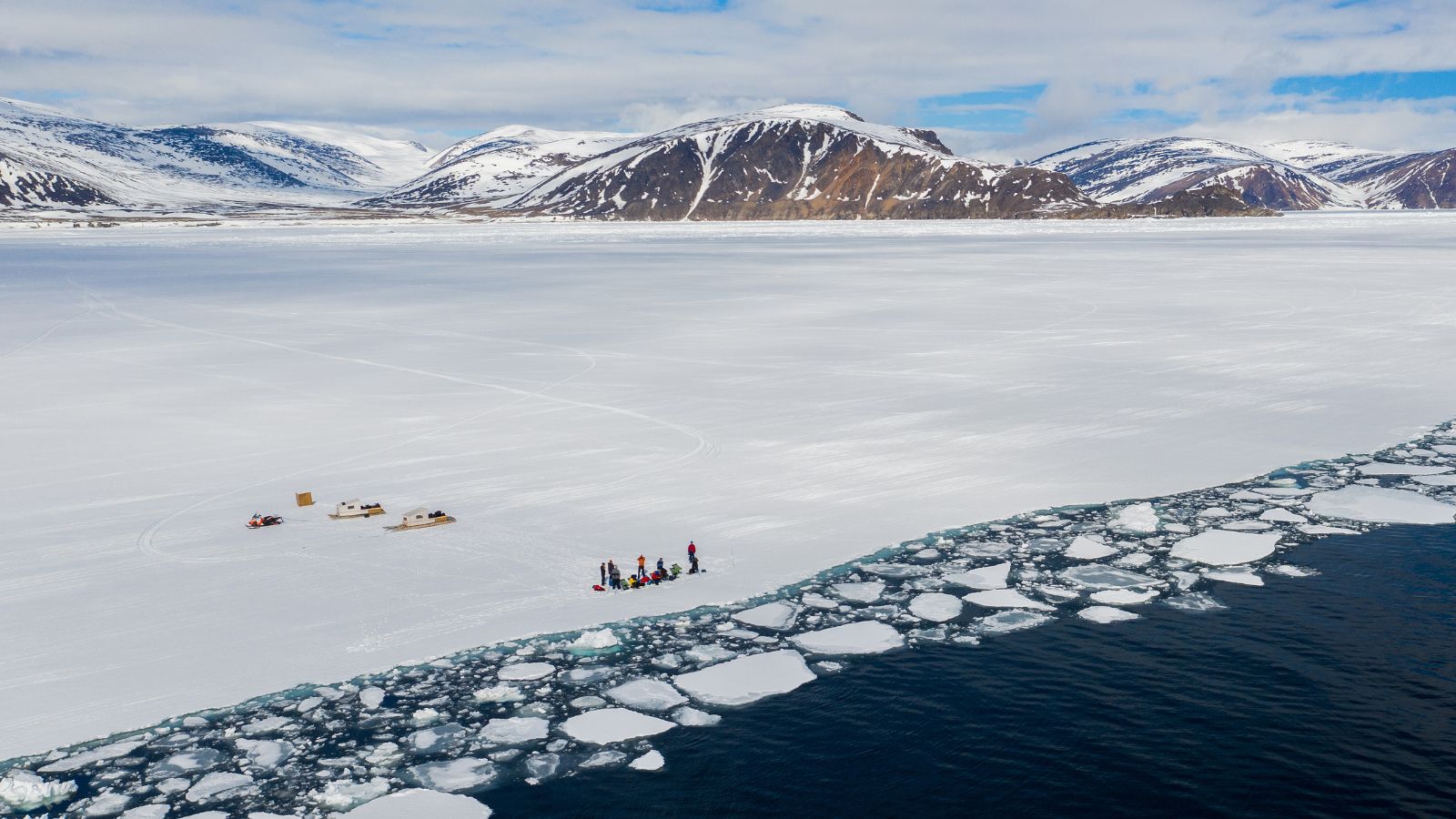
Located near the northern tip of Baffin Island, Sirmilik is one of Canada’s least-visited but most hauntingly beautiful parks. Icebergs, fjords, and Arctic wildlife such as narwhals and polar bears define this surreal, untouched environment.
Mount Revelstoke National Park, British Columbia
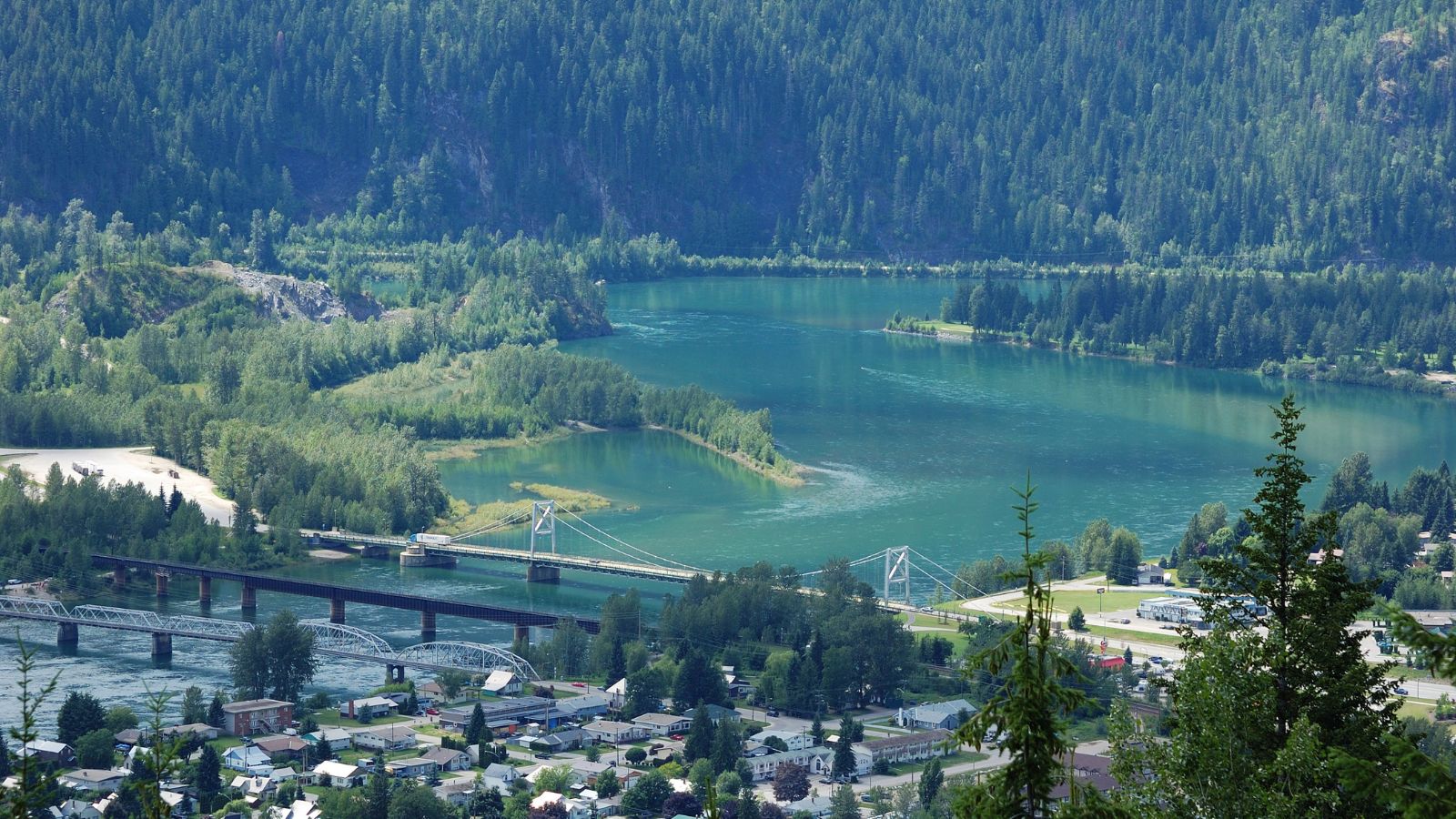
Tiny compared to its neighbors, Mount Revelstoke still packs a punch with its wildflower meadows and subalpine trails. The summit drive takes you from valley floor to high alpine, with views that rival those of the Dolomites or the French Alps.
Tombstone Territorial Park, Yukon
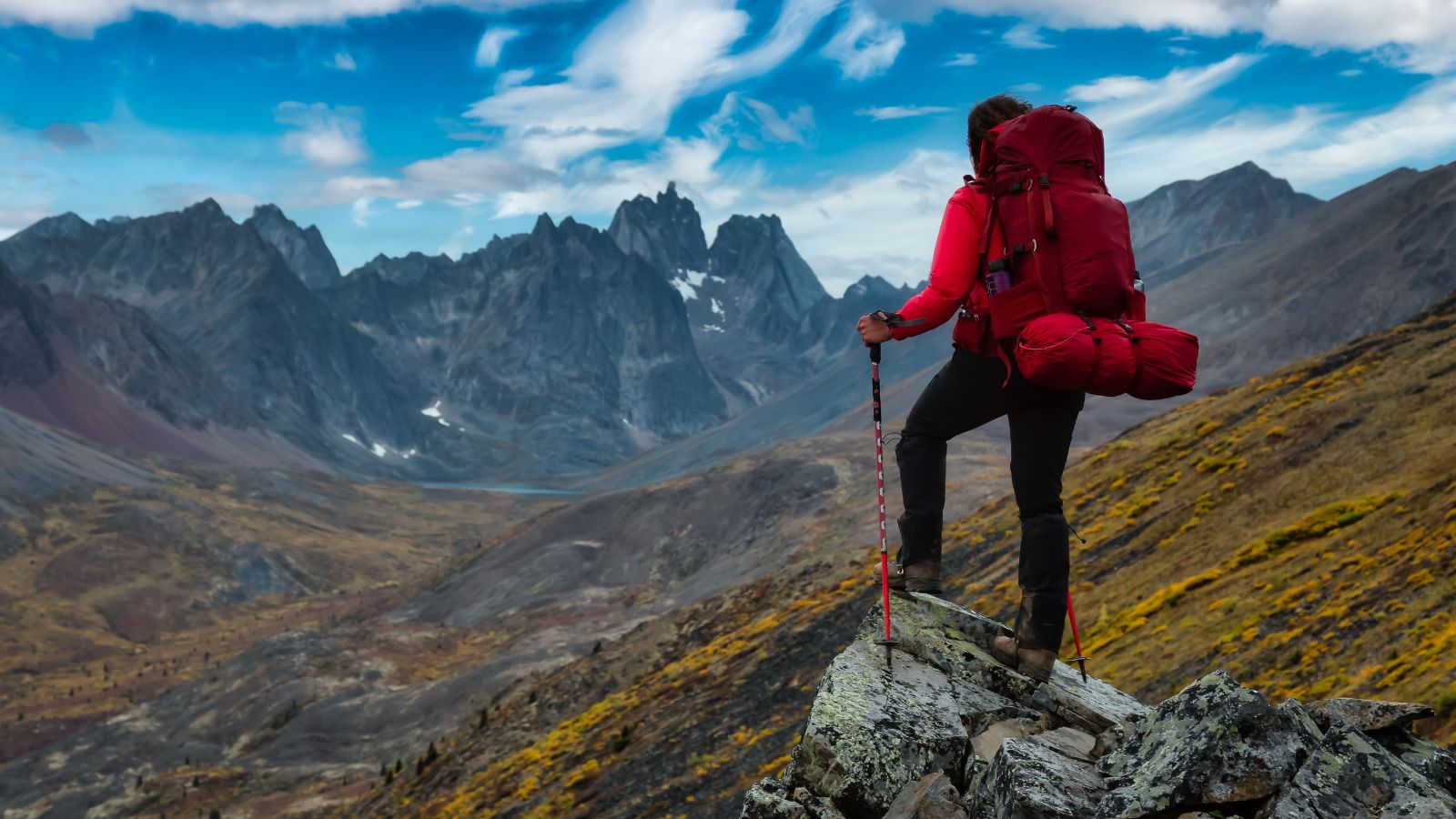
Often referred to as the “Patagonia of the North,” Tombstone features jagged granite peaks and vividly colored tundra. The Dempster Highway runs through the park, offering dramatic roadside views. Fall is especially breathtaking, with foliage that rivals New England’s.
Ivvavik National Park, Yukon
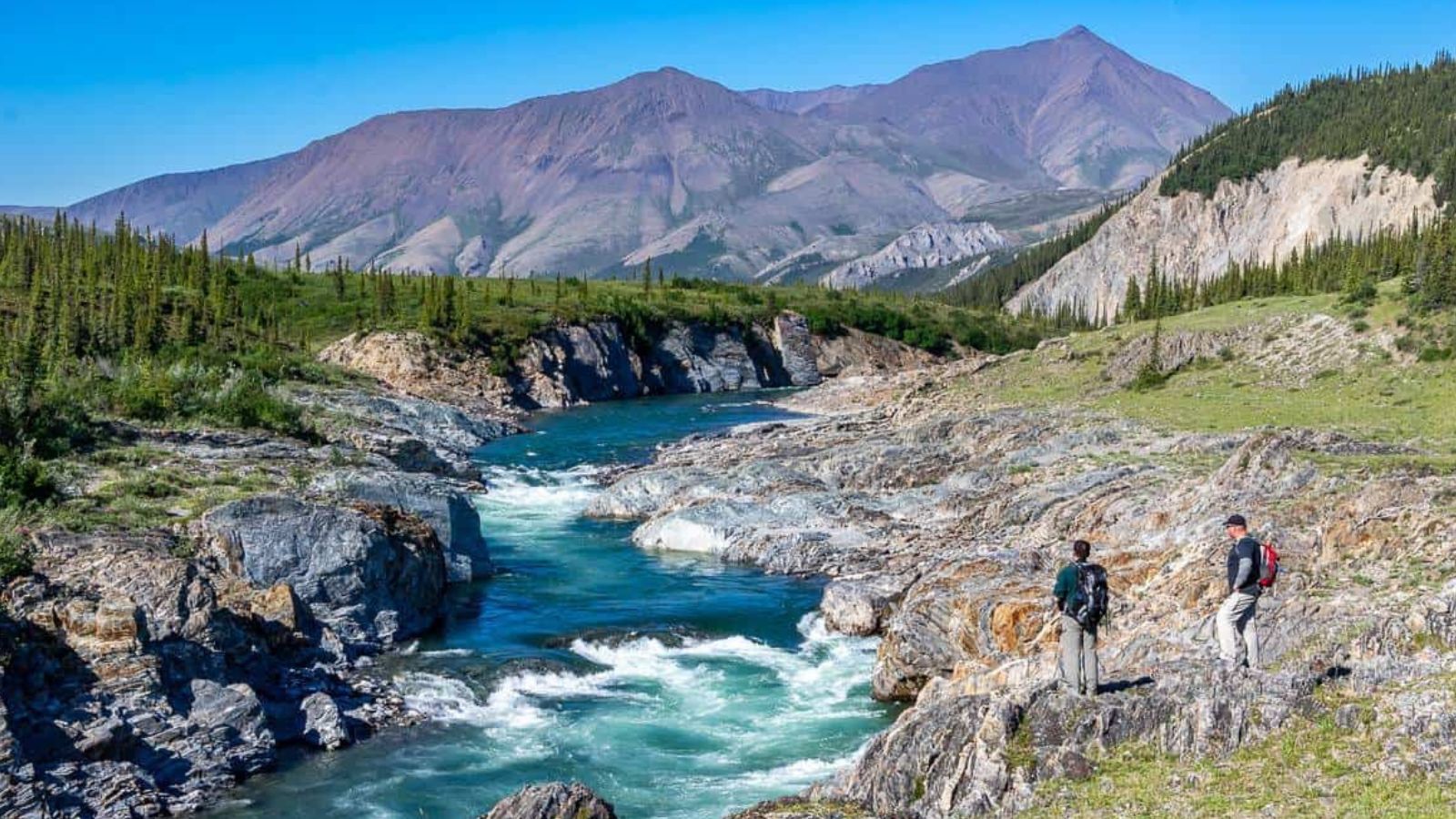
Canada’s first national park established through an Indigenous land claim, Ivvavik remains almost completely undeveloped. With grizzlies, caribou, and the Firth River’s rapids, it’s an unspoiled wilderness that feels like the untamed reaches of Alaska.
Mealy Mountains National Park Reserve, Newfoundland and Labrador
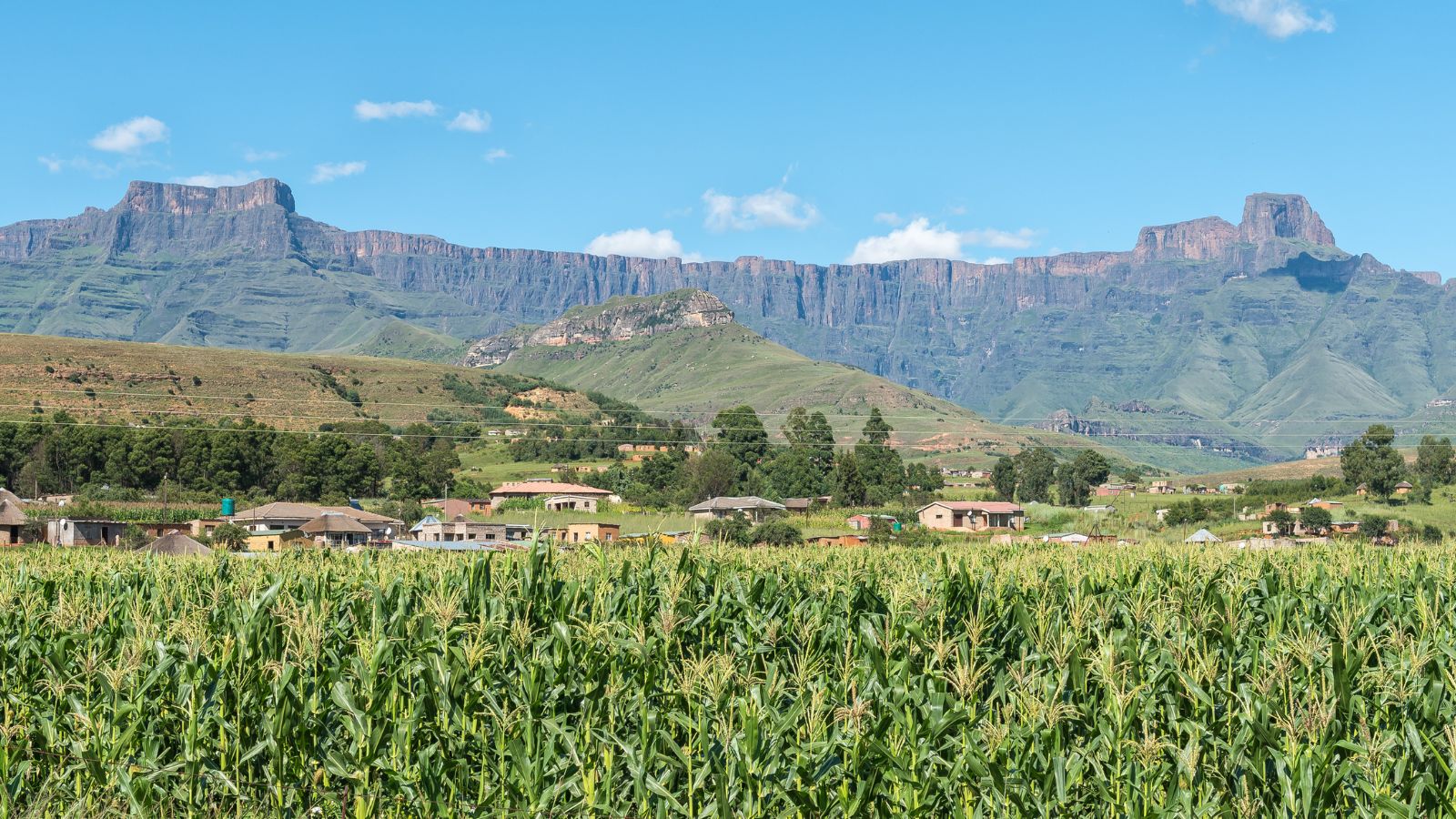
One of Canada’s newest and largest parks, Mealy Mountains features boreal forest, tundra, and coastal landscapes. It’s part of the traditional homelands of the Innu people and provides a powerful sense of place, similar to the spiritual landscapes of New Zealand’s South Island.
Rouge National Urban Park, Ontario
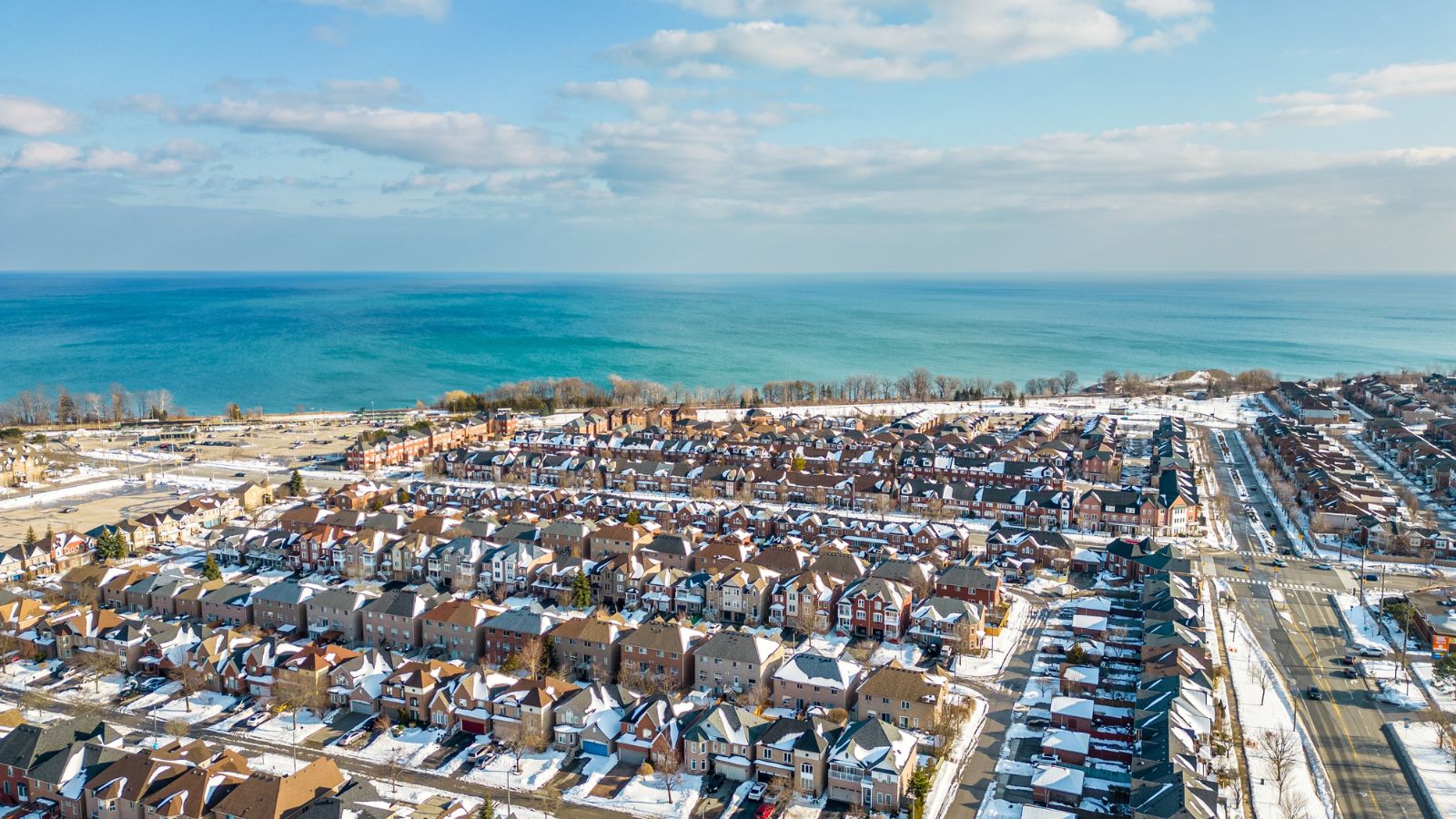
Located within Toronto’s city limits, Rouge is Canada’s first national urban park. Though not remote, it’s a green lung for millions and contains forests, wetlands, and farmland. Its accessibility and biodiversity rival any European urban park.
Terra Nova National Park, Newfoundland and Labrador

A coastal dreamland, Terra Nova offers fjords, inlets, and dense boreal forests. Humpback whales often breach offshore, and kayaking the calm bays gives you a peaceful, meditative connection to nature. It feels like a mix of Maine’s Acadia and Norway’s lesser-known coastlines.
Keji (Kejimkujik National Park and National Historic Site), Nova Scotia
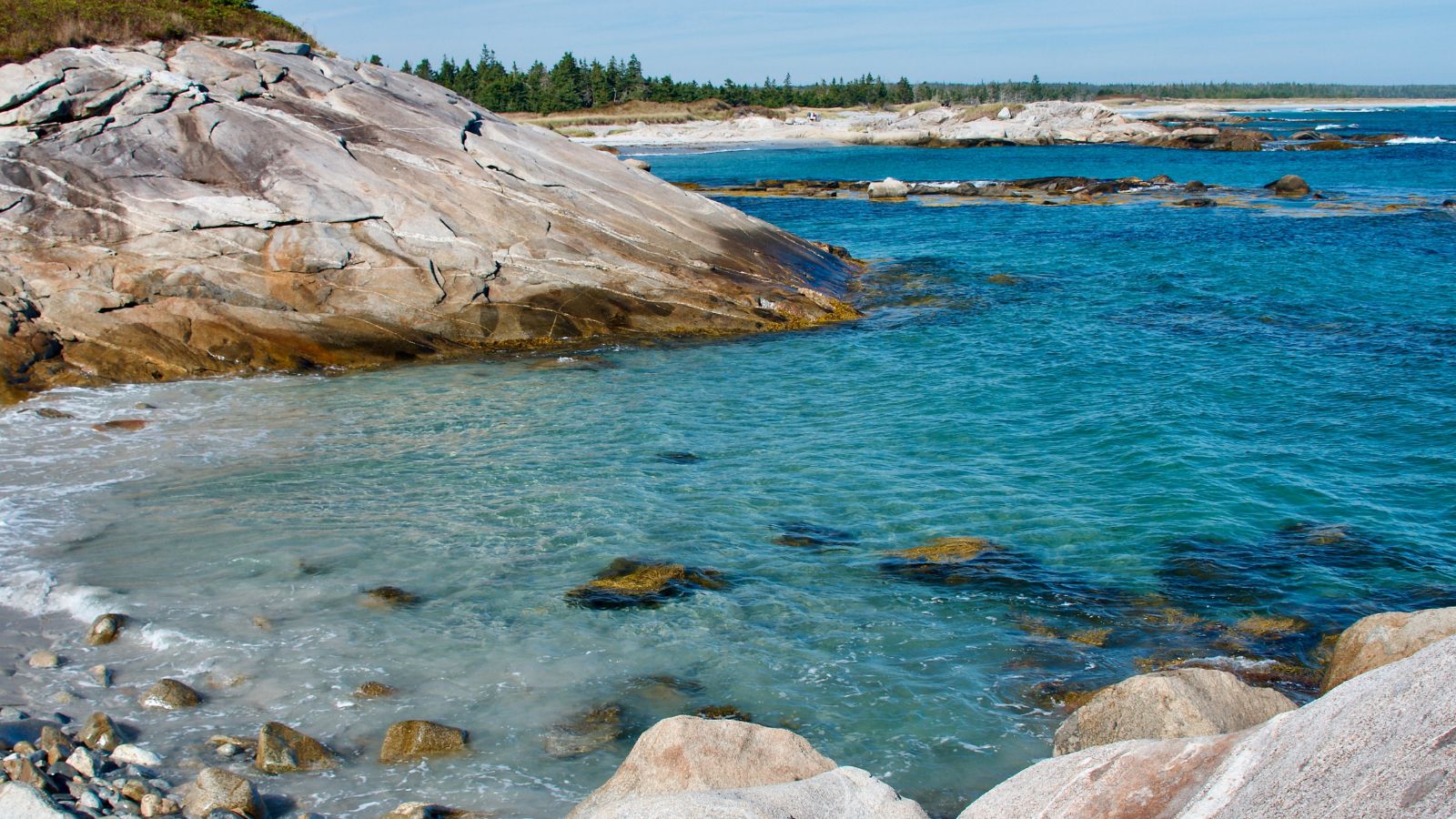
This park is a blend of Mi’kmaq history, canoe routes, and starlit skies. As a Dark Sky Preserve, it offers clear views of the Milky Way and constellations. It’s a culturally rich and naturally serene space, echoing the feeling of paddling through ancient Finnish lakes.
22 Times Canadian Ingenuity Left the U.S. in the Dust

When people think of innovation, they often picture Silicon Valley. However, Canada has a history of innovation, too. Whether it’s redefining sports, revolutionizing medicine, or just showing America up at its own game, Canadian inventors, thinkers, and dreamers have had their fair share of mic-drop moments. Here are 22 times Canadian ingenuity left the U.S. in the dust.
22 Times Canadian Ingenuity Left the U.S. in the Dust
